Let’s catch you up in our journey at the moment. It’s about 10:30 in the morning on what feels like a particularly hot and humid Cambodian day. It’s just a standard one though. We spent our morning at Angkor Wat, the infamous ancient Hindu temple that once commanded the largest city and in the world, and the empire around it. It was now time to explore the rest of that empire.
We were with our friend Pragati, and our favorite tuk tuk driver Pouen. Pouen, knowing all the good stops, took us from temple to temple throughout the day on what we assume is a standard ‘Angkor expanded’ type route. Through the heat and time of the day, or brains somewhat melted, and the temples all blended together.
The second stop of the day (after Angkor Wat), is Banteay Kdei. Often the fourth stop on a big three tour (Angkor Wat, Ta Phrom and Bayon. We will get to the other two), this is the standard ‘off the beaten track’ temple that’s most definitely still on the beaten track.
The temple was cool though. There was a long entrance promenade of near total disrepair that ended at the gates of the deceptively large Banteay Kdei. The temple itself was a good way through restoration. The main obstacle, and decoration, were these large thikpot trees, which were a gleaming silver in the sunlight. These trees are a feature everywhere, including and Beng Mealea, where we spent our first day templing.
We got plenty lost here, as some previously traversable walkways are covered in roots and rubble. But we made it out the other side.
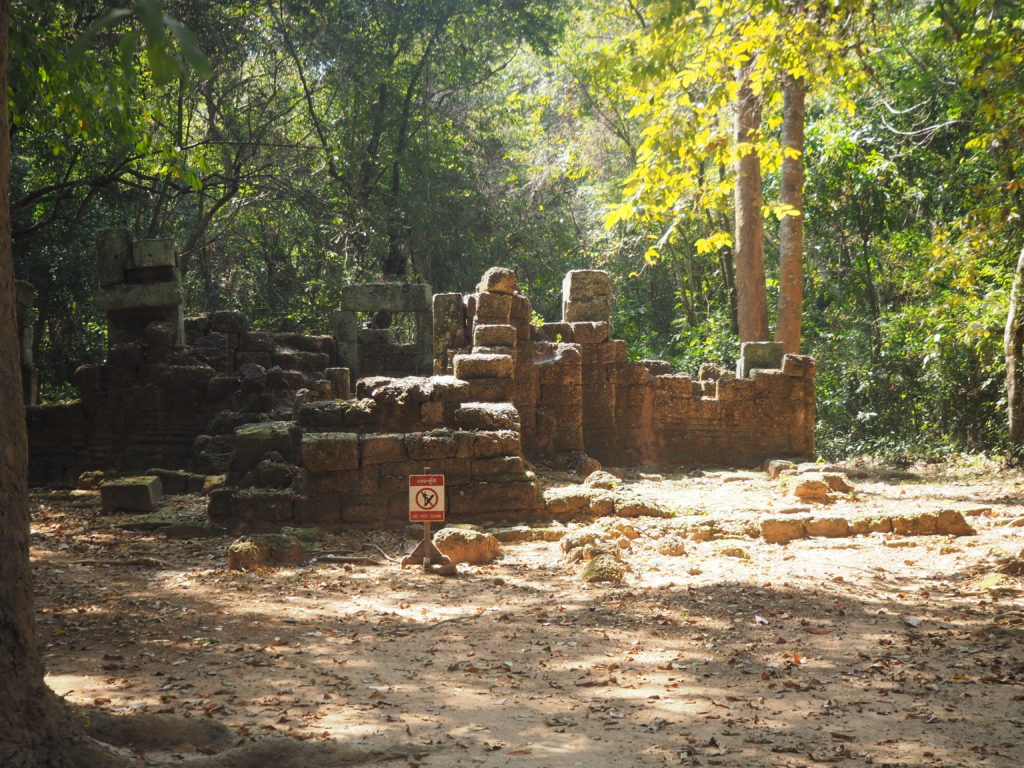
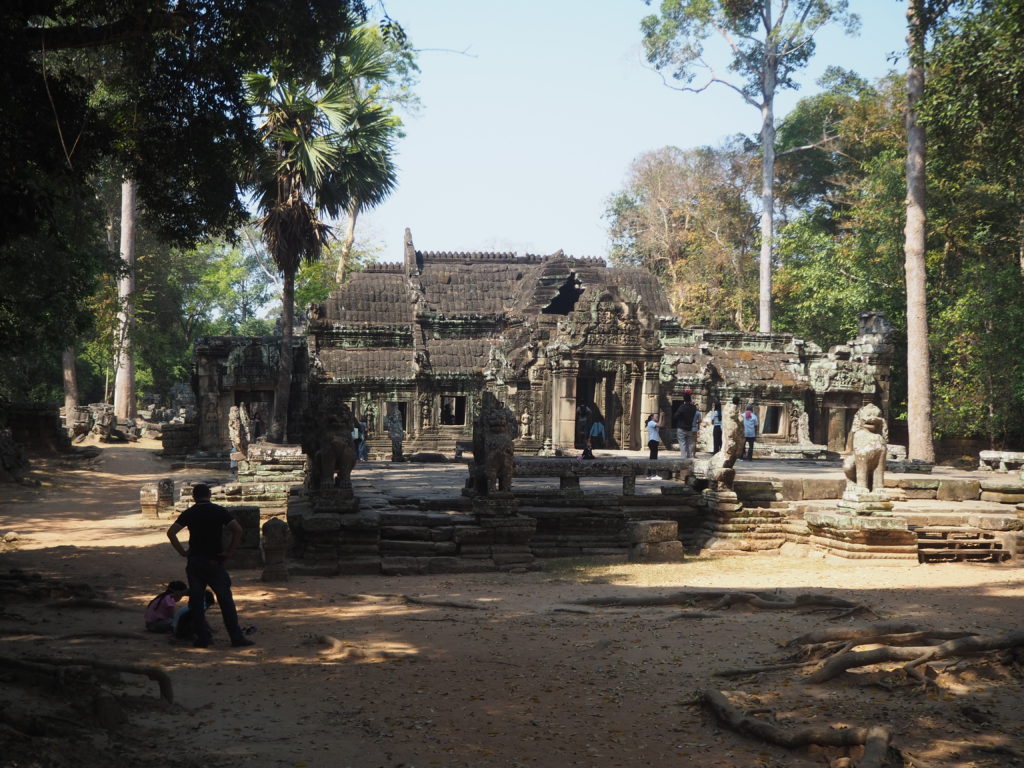
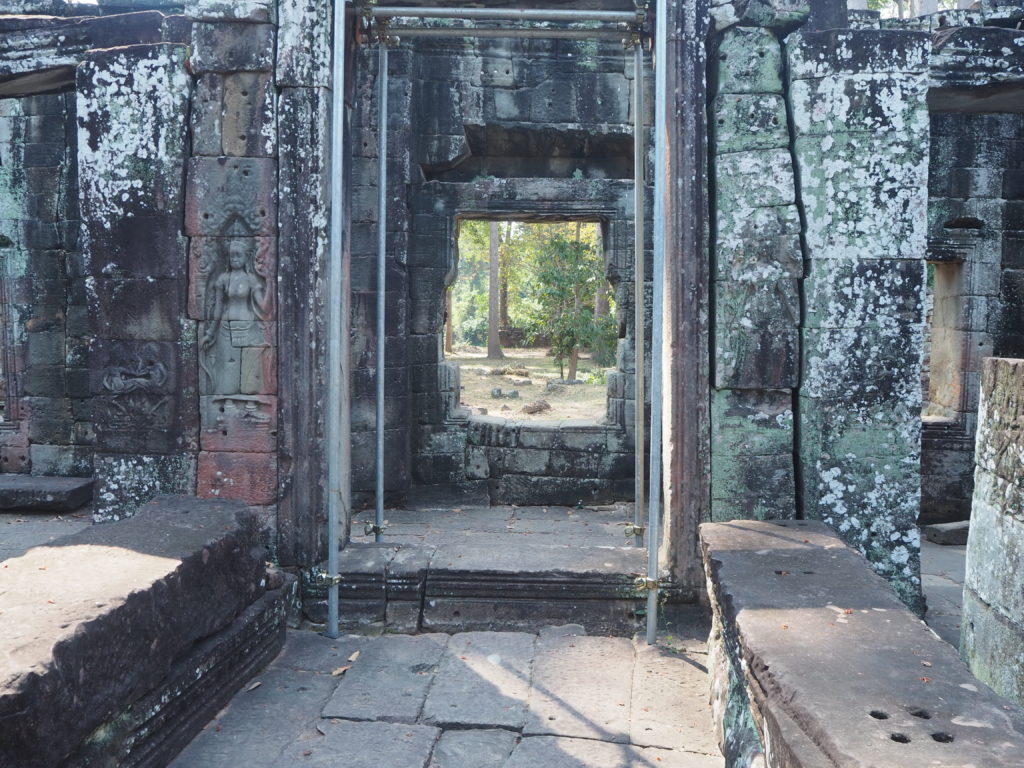
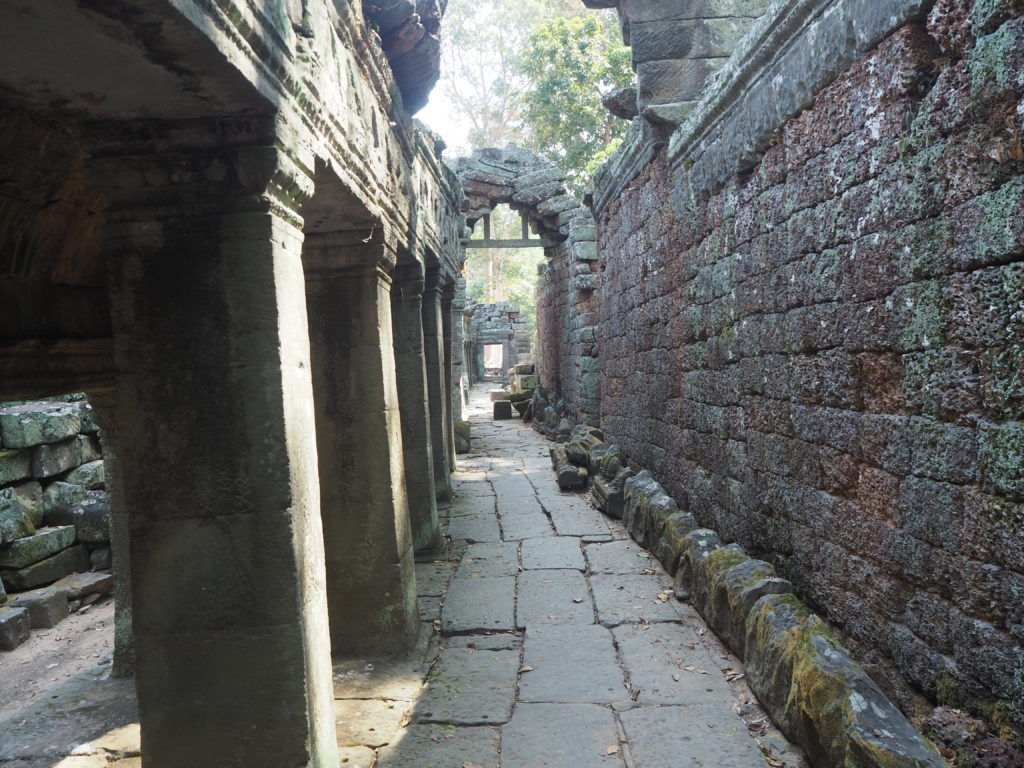
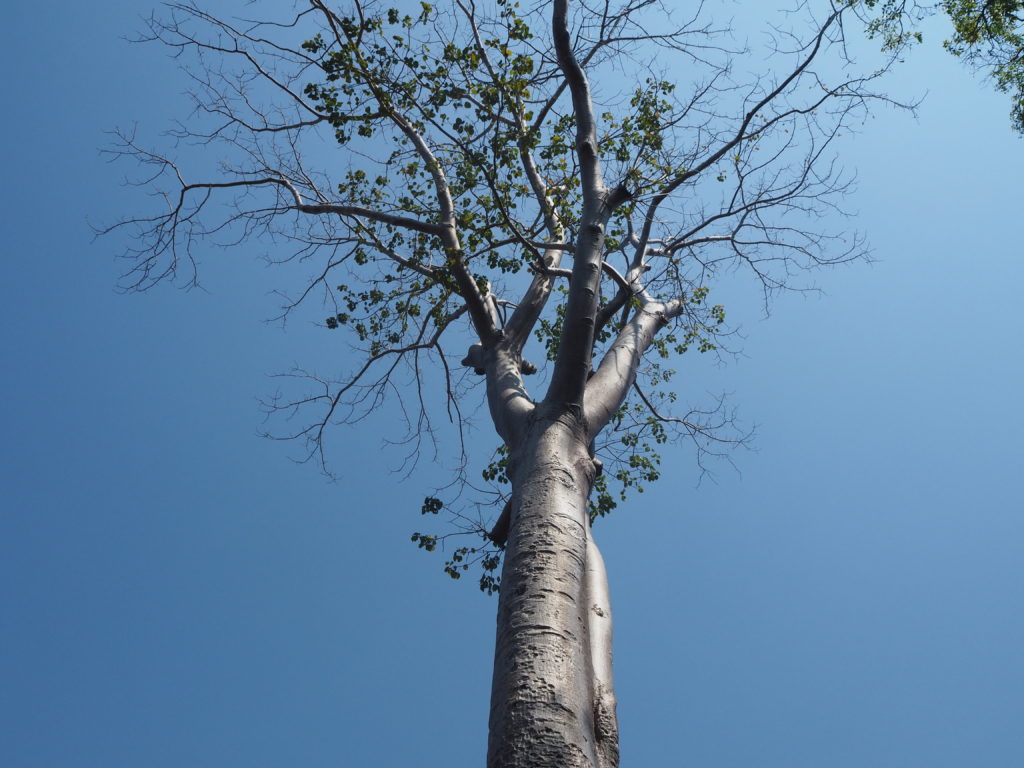
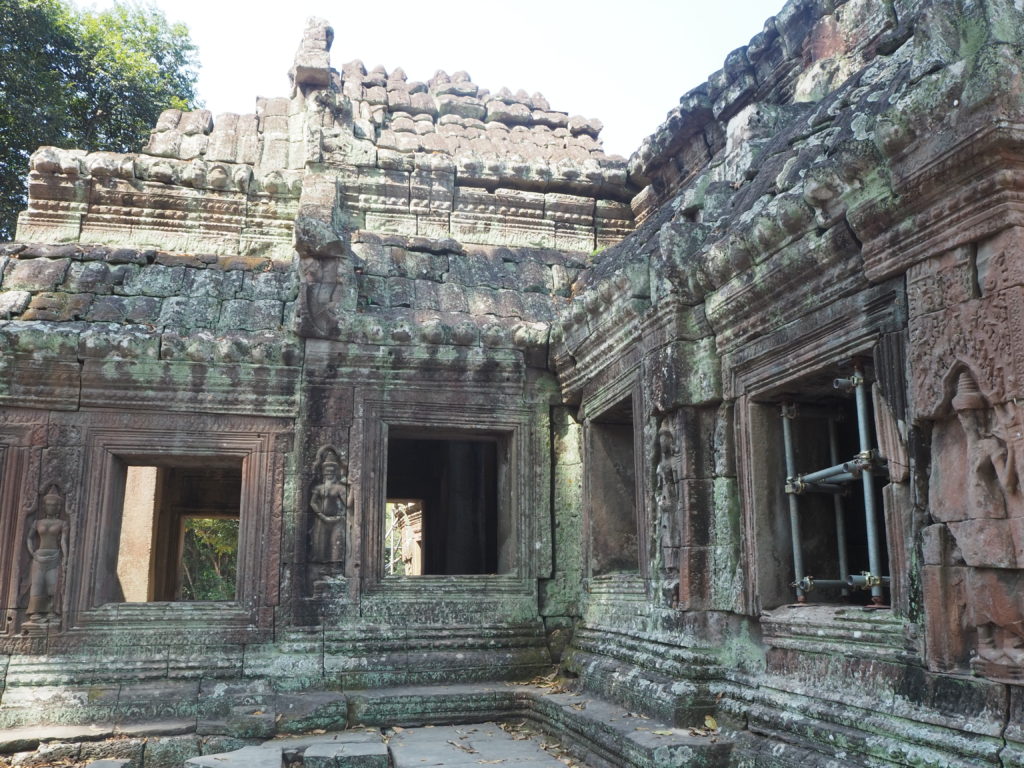
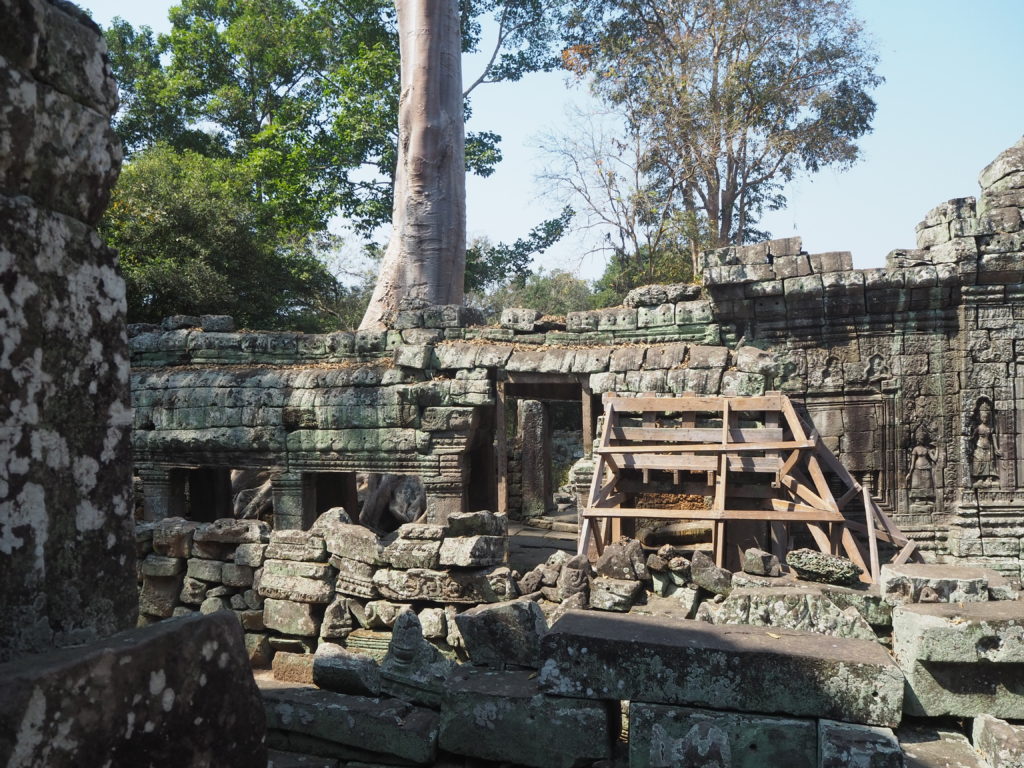
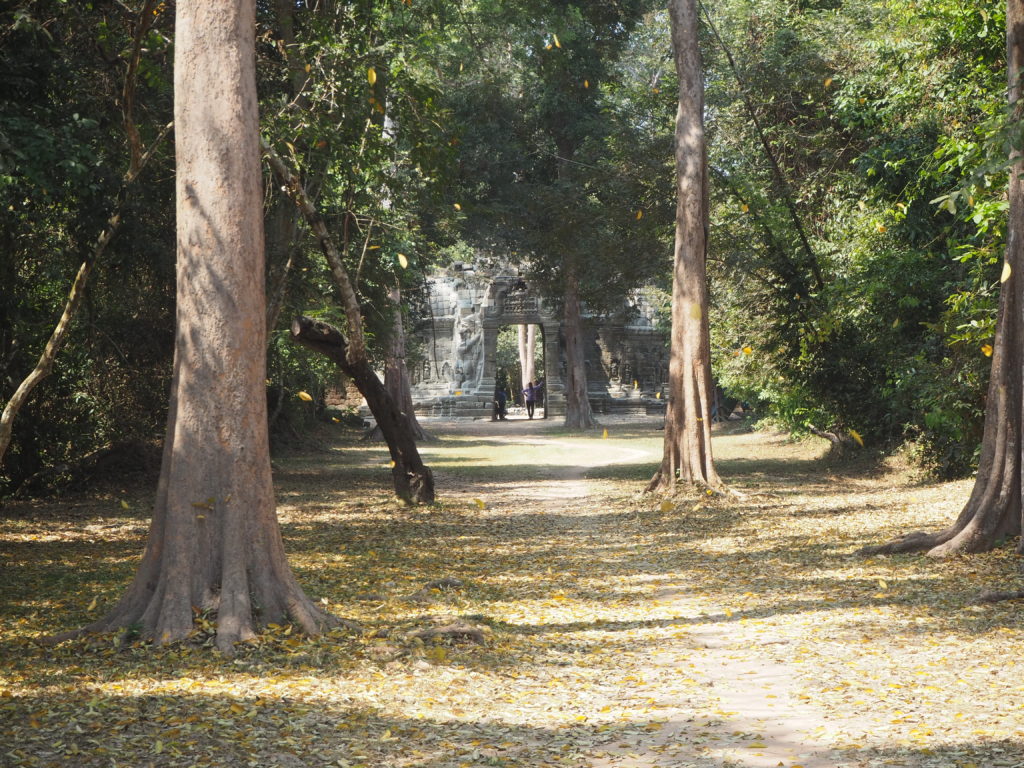
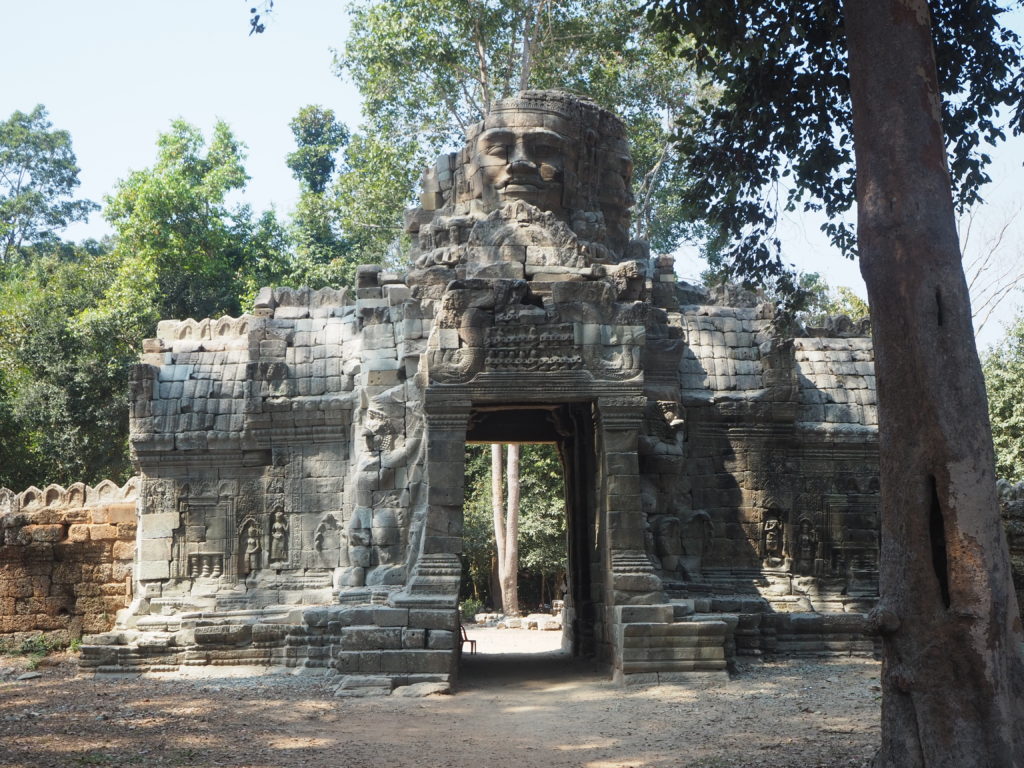
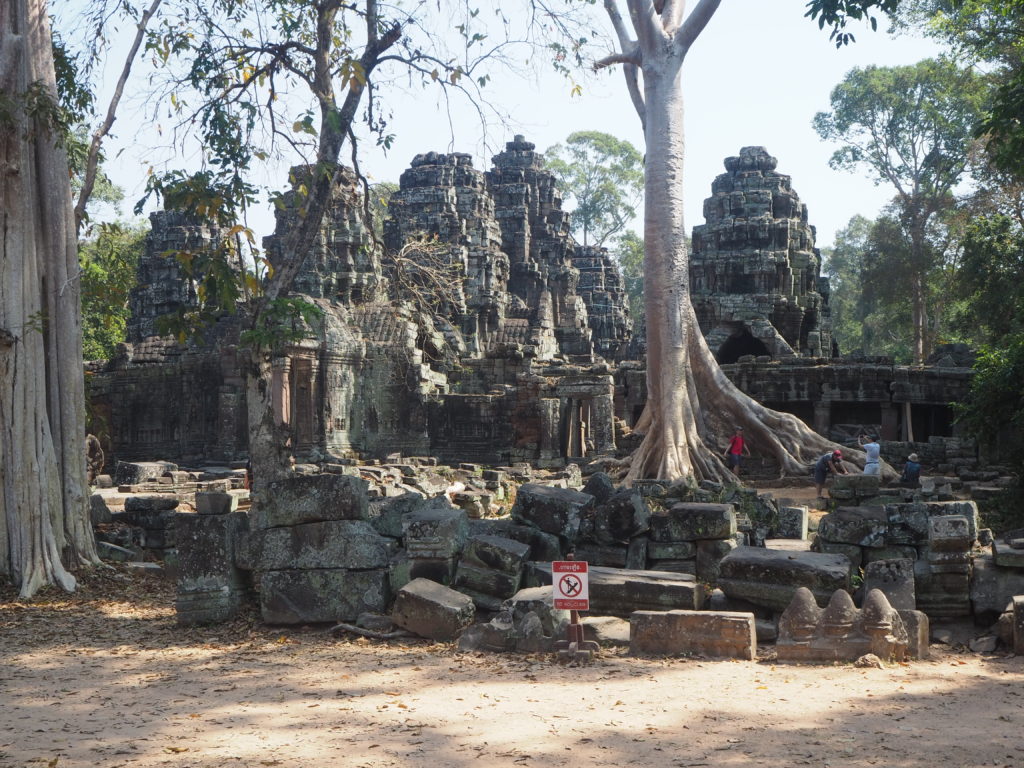
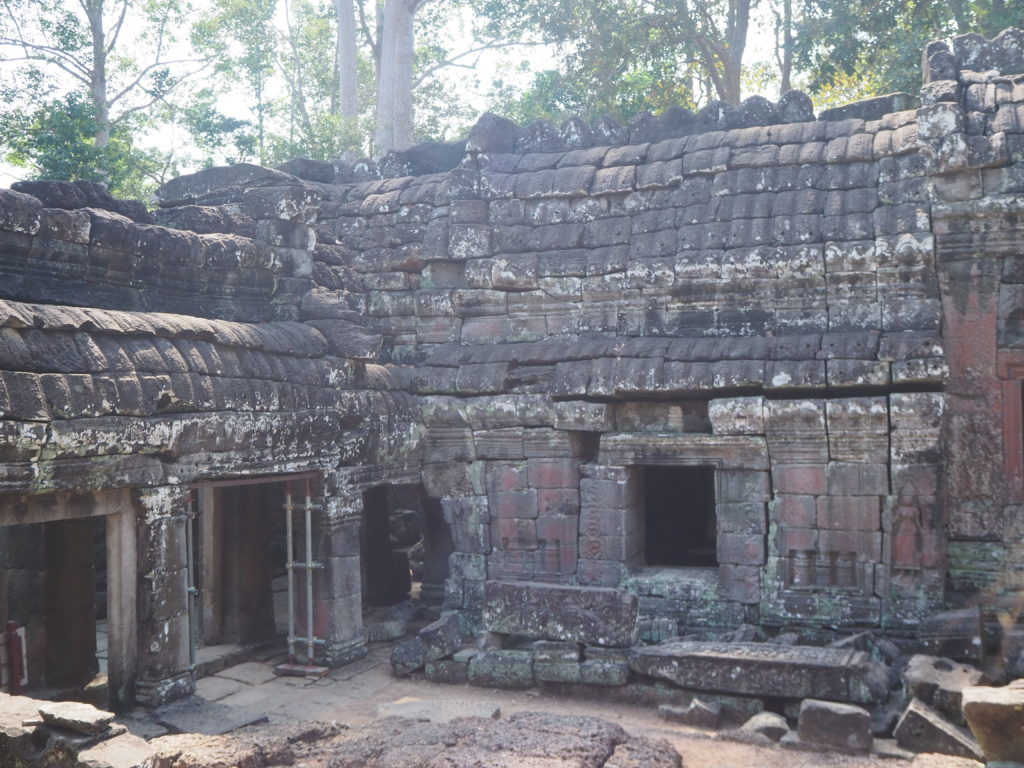
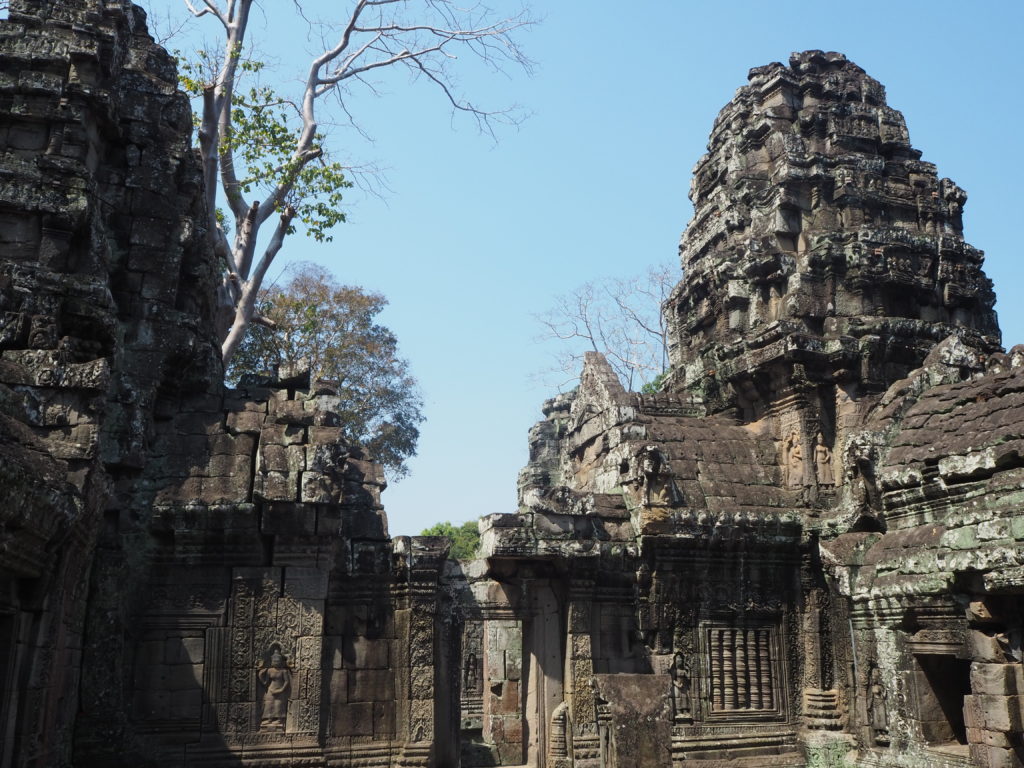
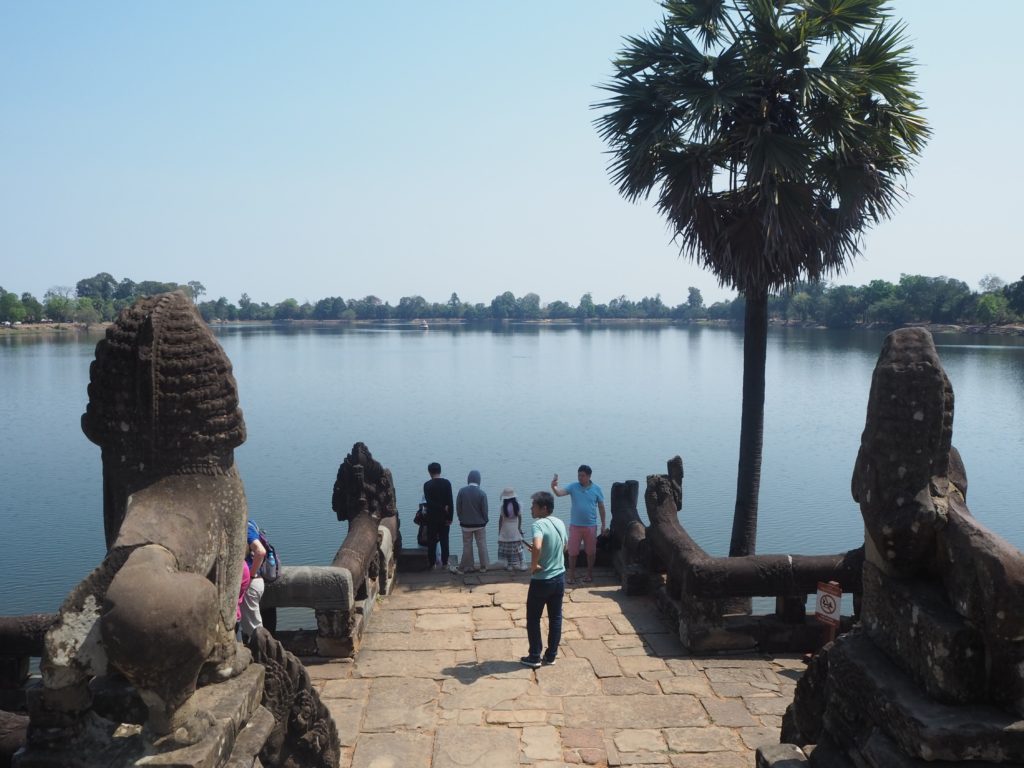
The second temple of the day was Ta Phrom. You may recognize this temple from the 2001 Angelina Jolie film Lara Croft: Tomb Raider. The temple is famous for the thikpot trees that have overgrown the entire complex. It is in some sort of restoration now, with another well getting pieced back together every few year.
There’s one famous tree right at the entrance that everyone gets a photo at. There’s even a wooden platform now for all the foot traffic. But that was hardly the coolest tree at the complex. There are so many more that have somehow not crushed the temple beneath them.
We spent a good time wandering the complex for an hour or so, running into dead ends everywhere. This was one temple you could not really go inside, only at one point. I guess the roofs are too unstable at the moment.
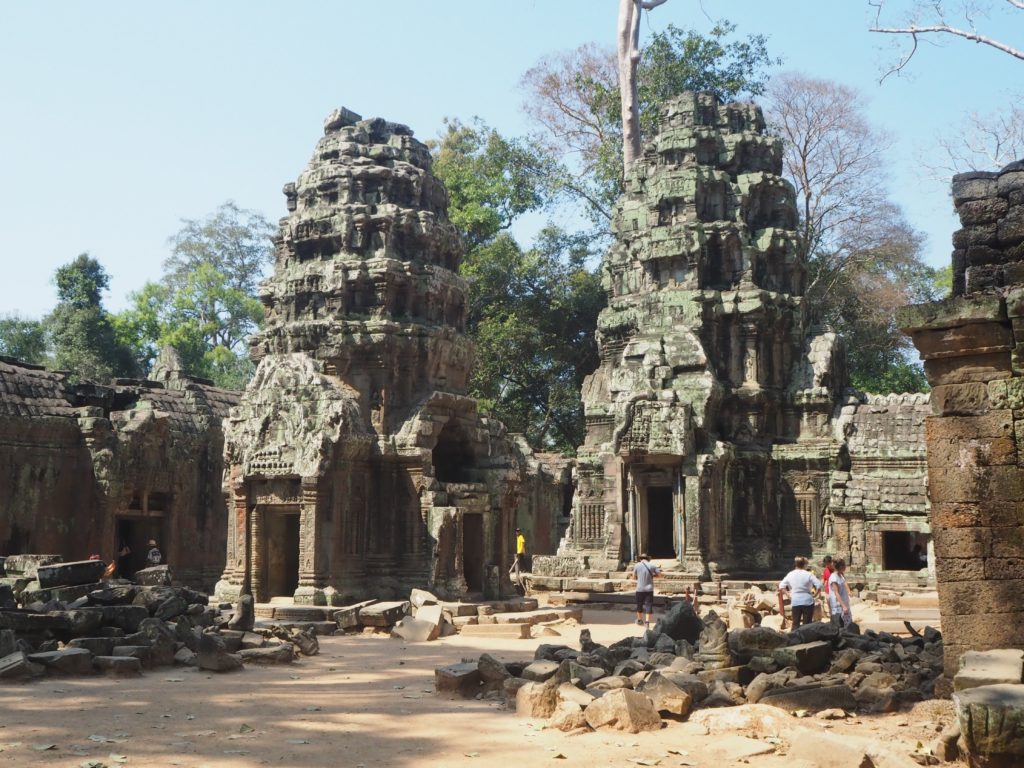
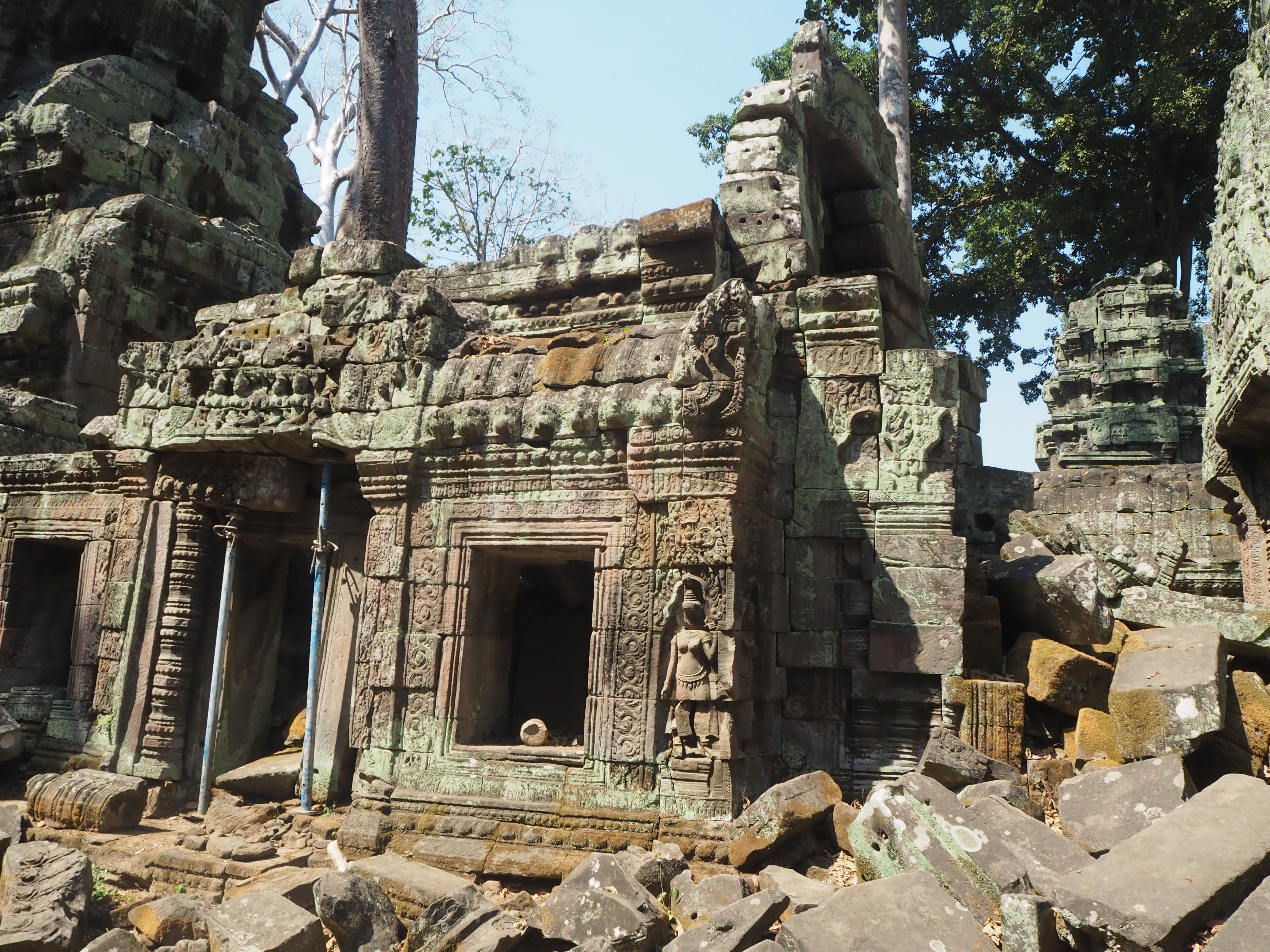
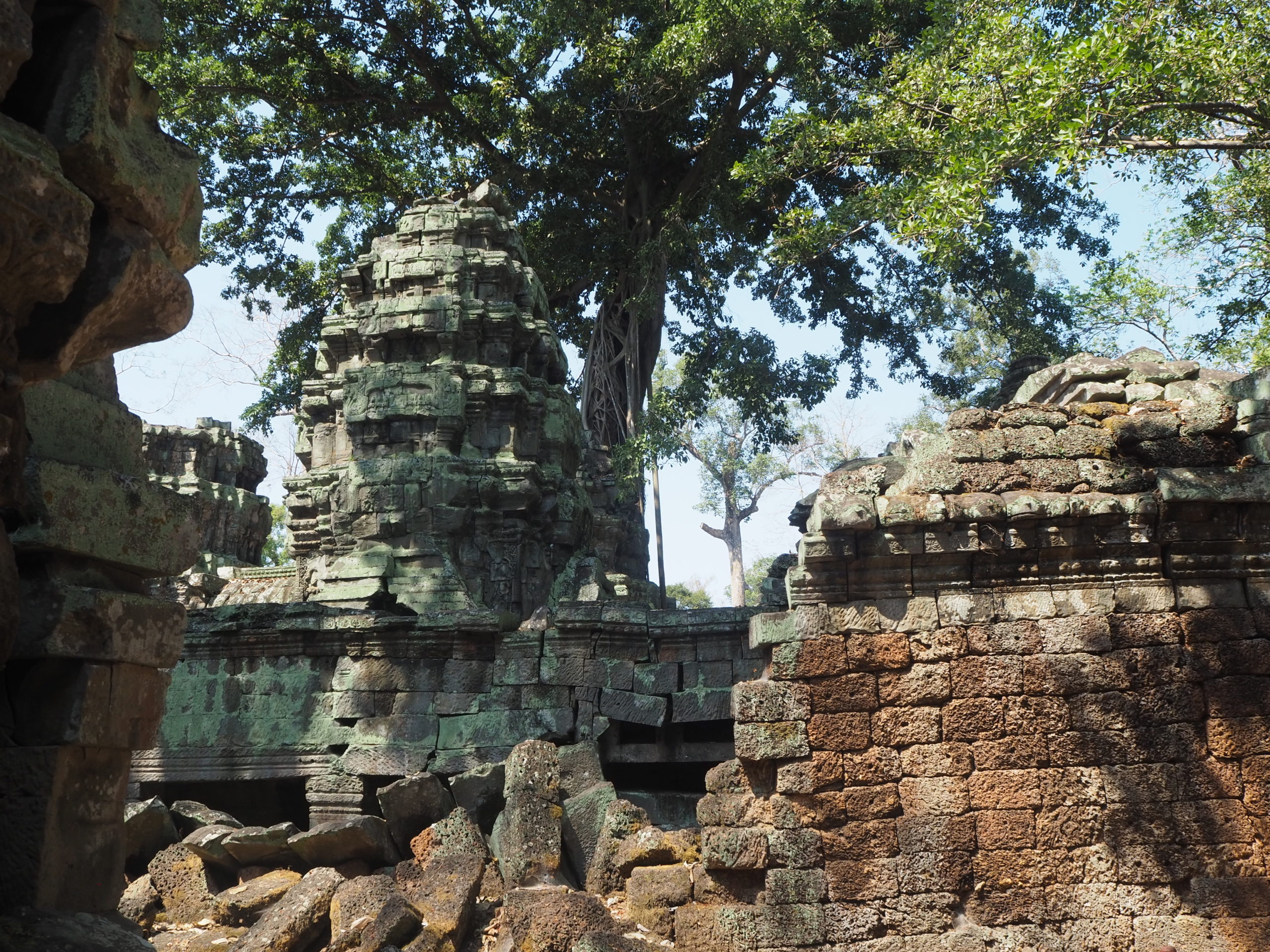
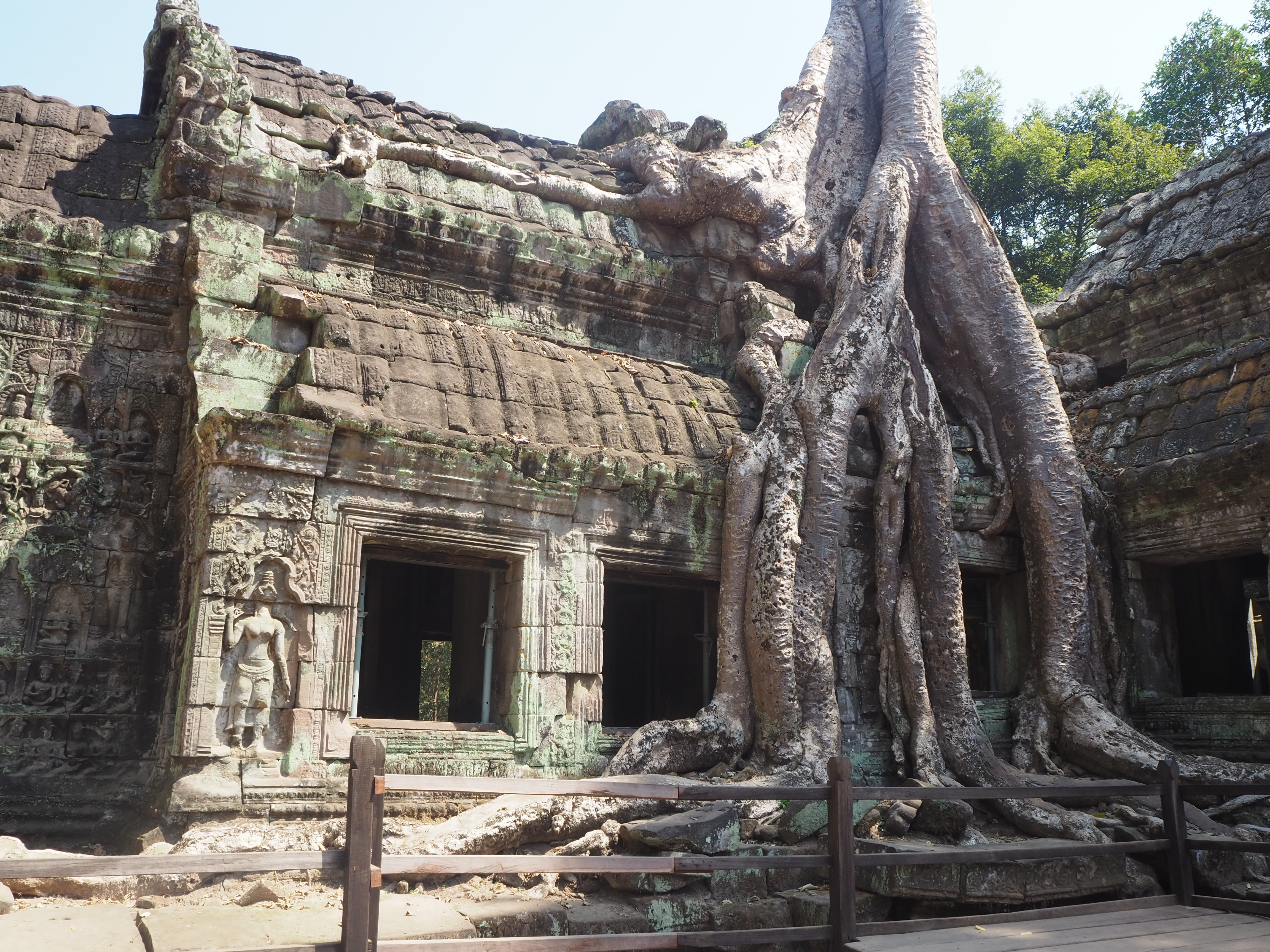
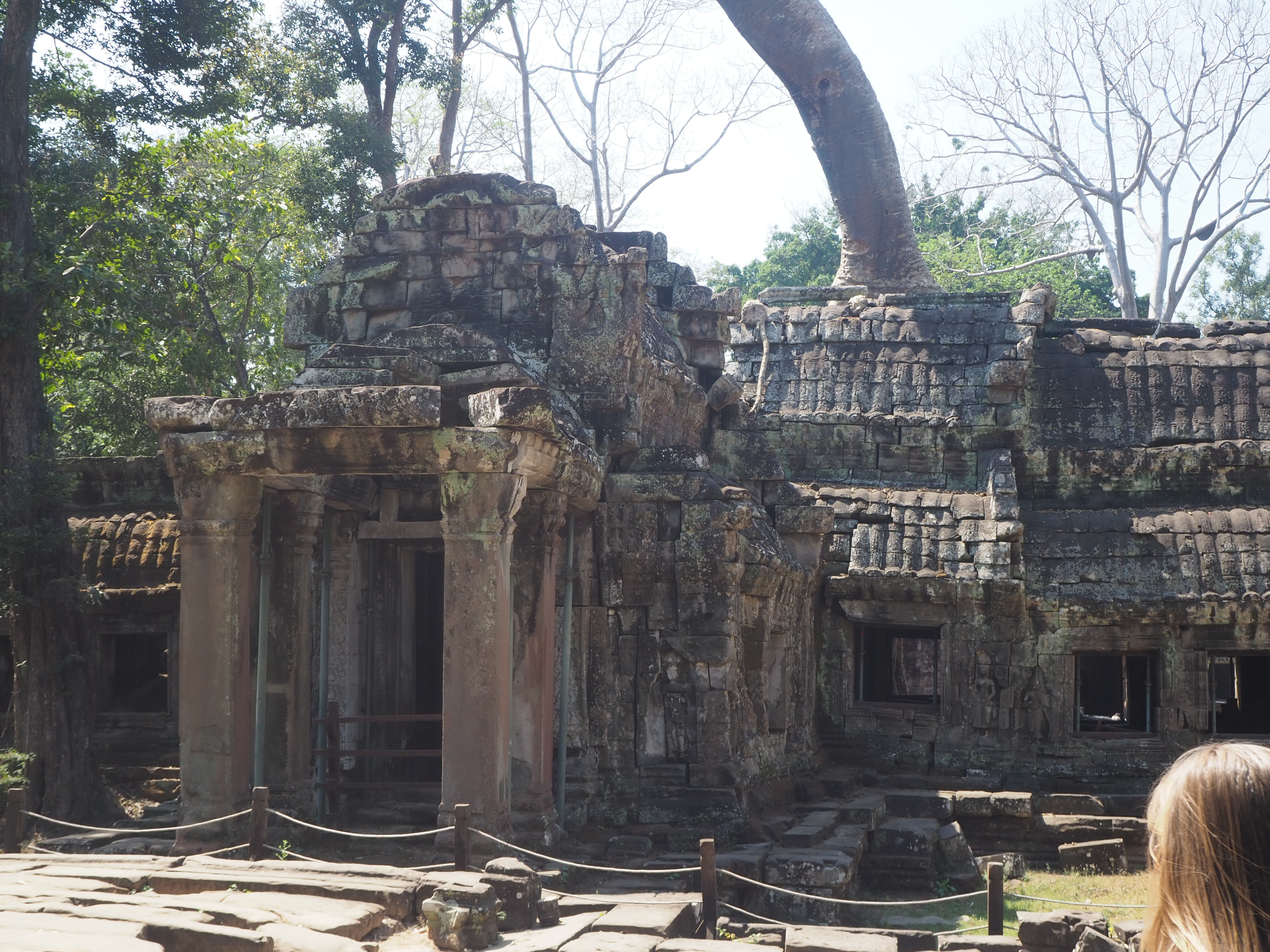
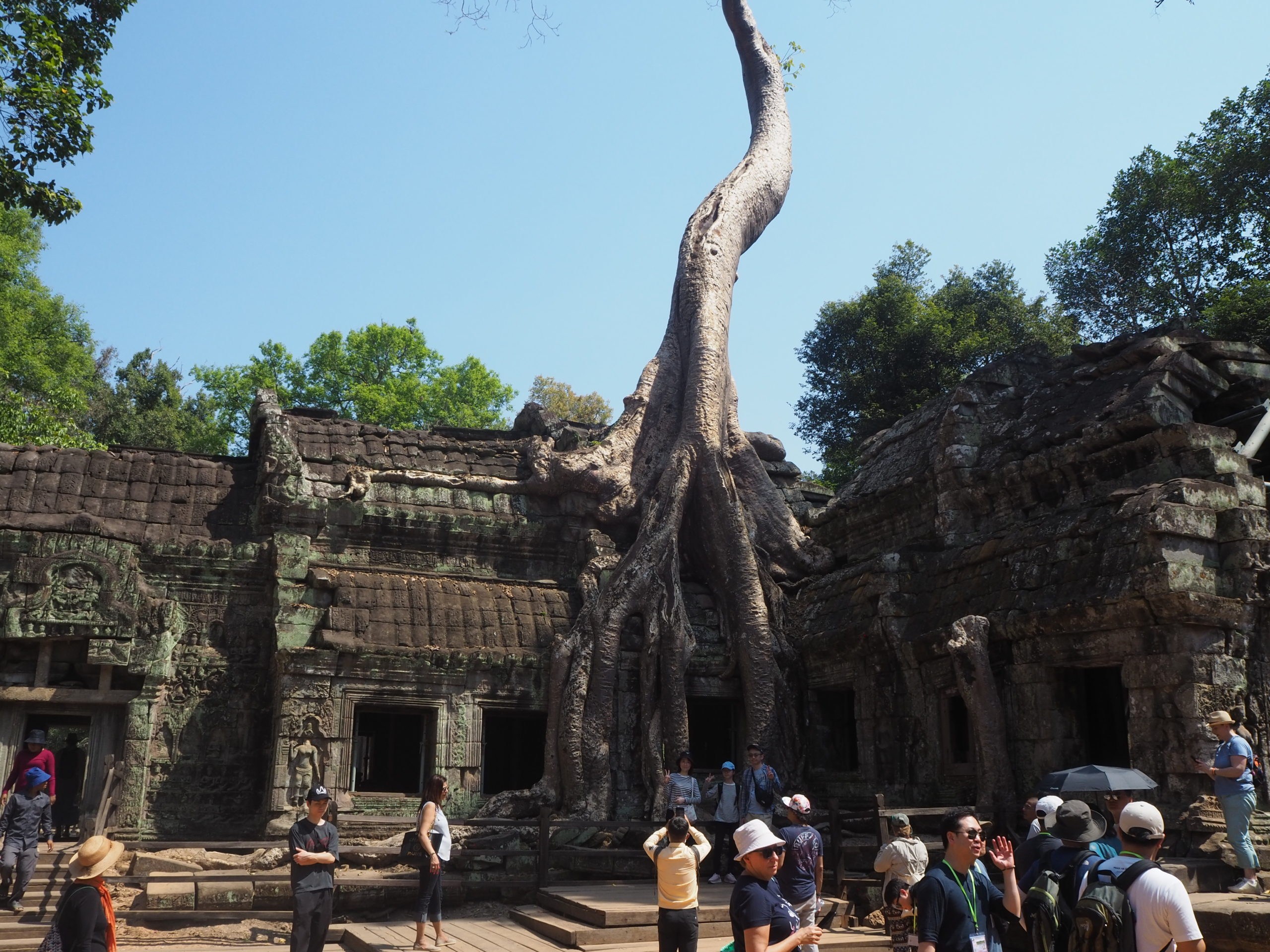
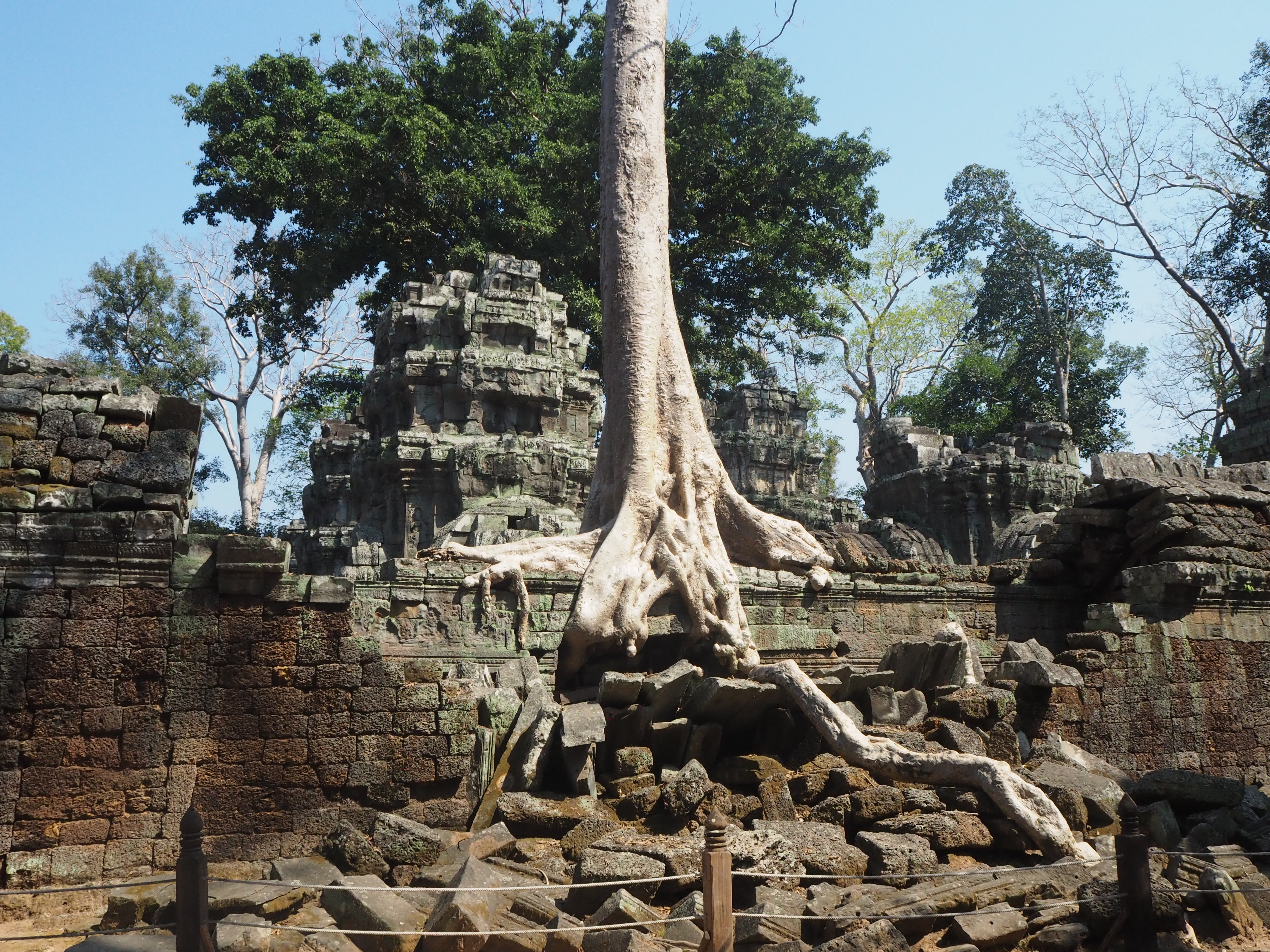
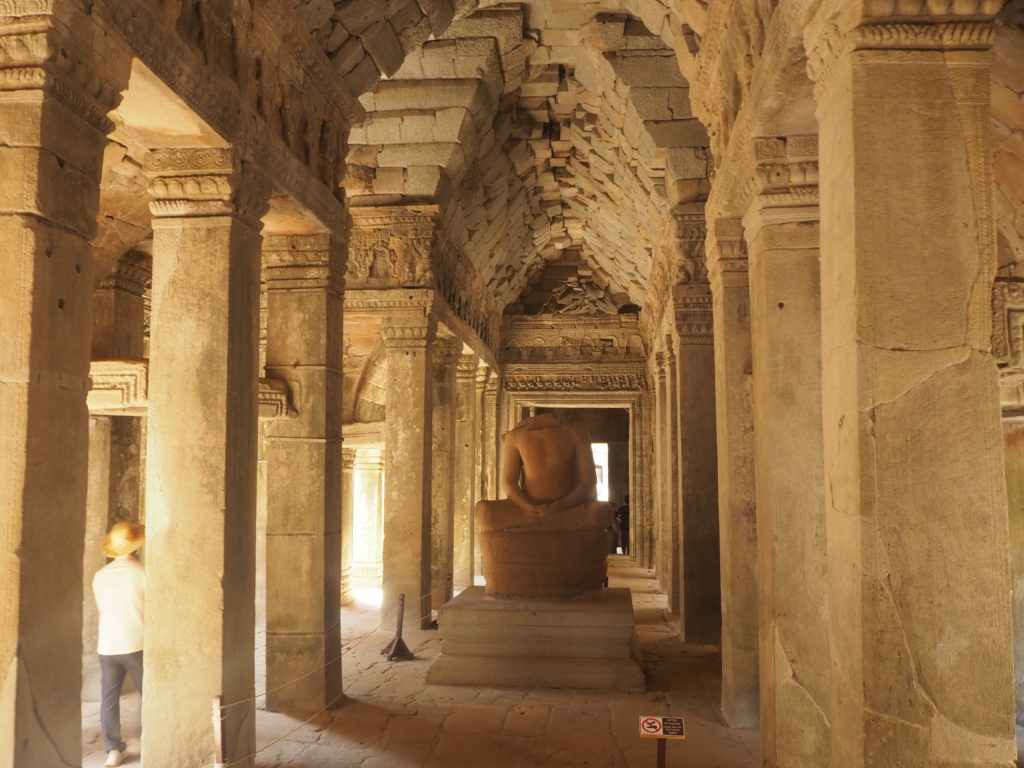
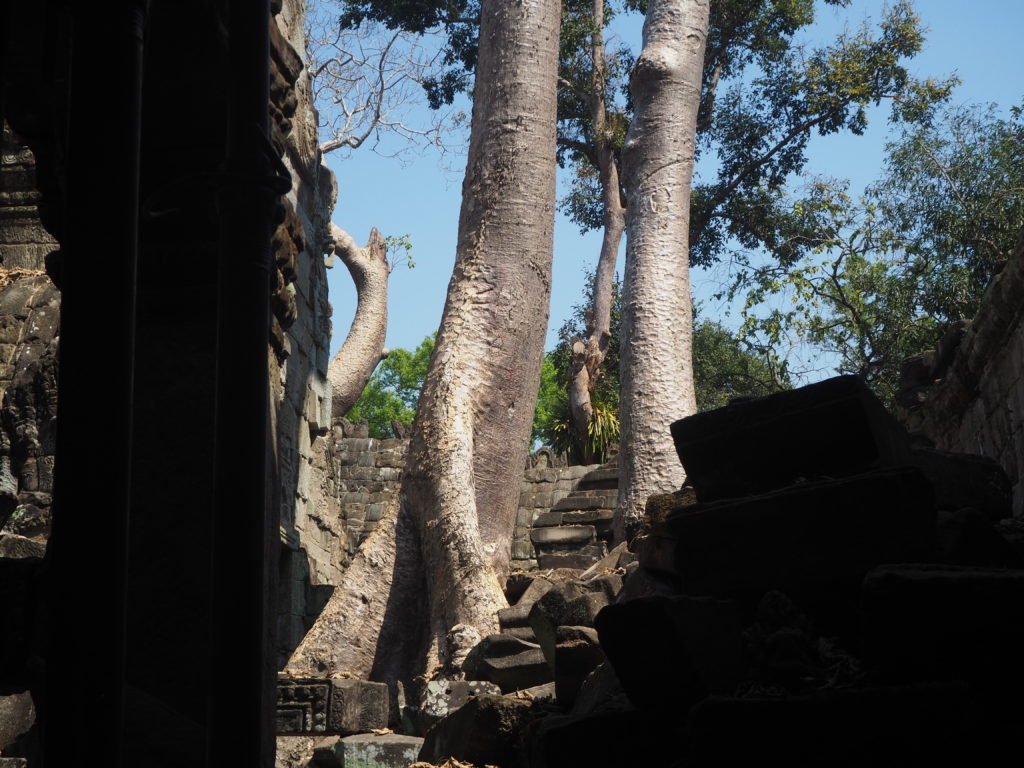
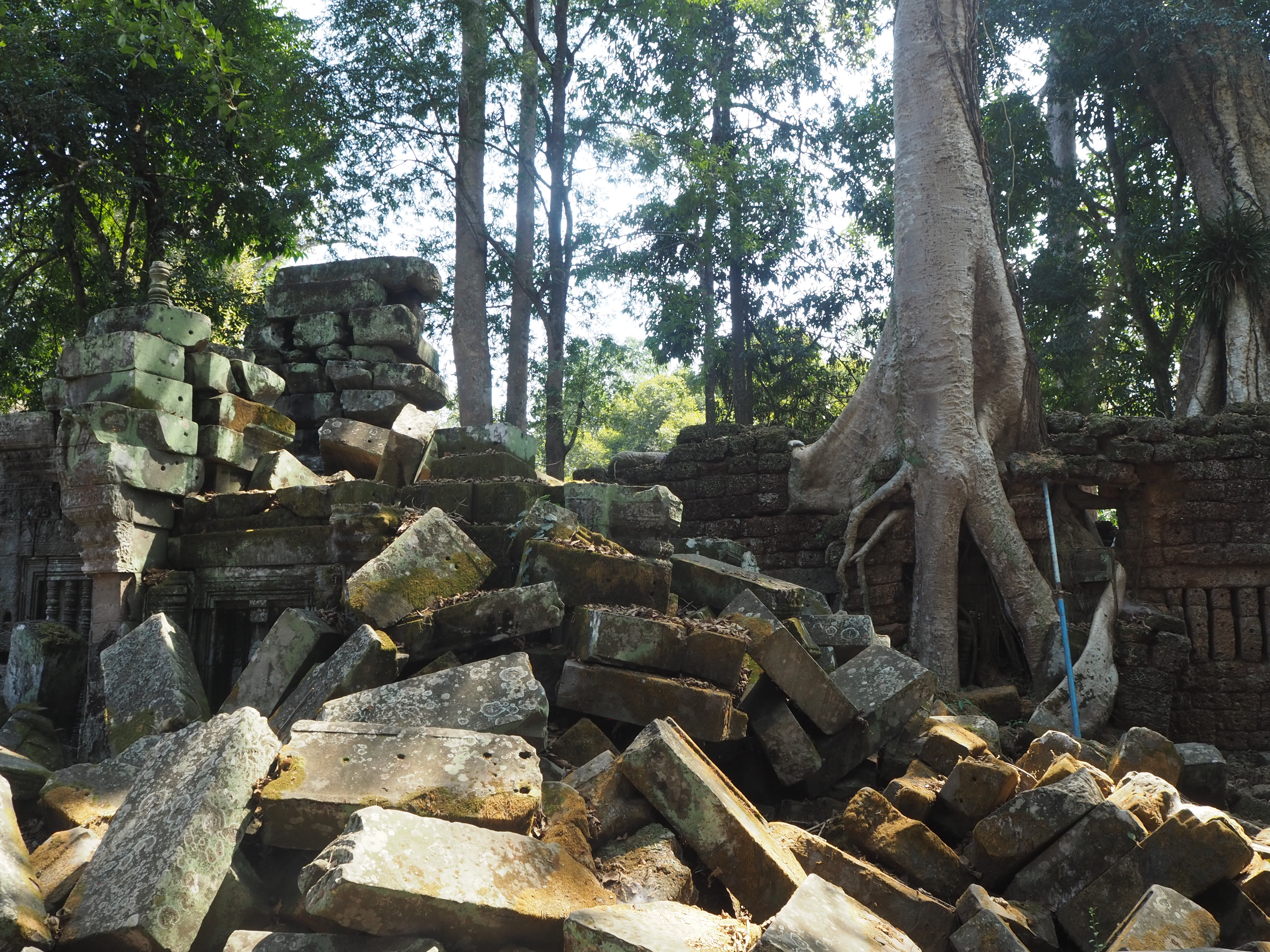
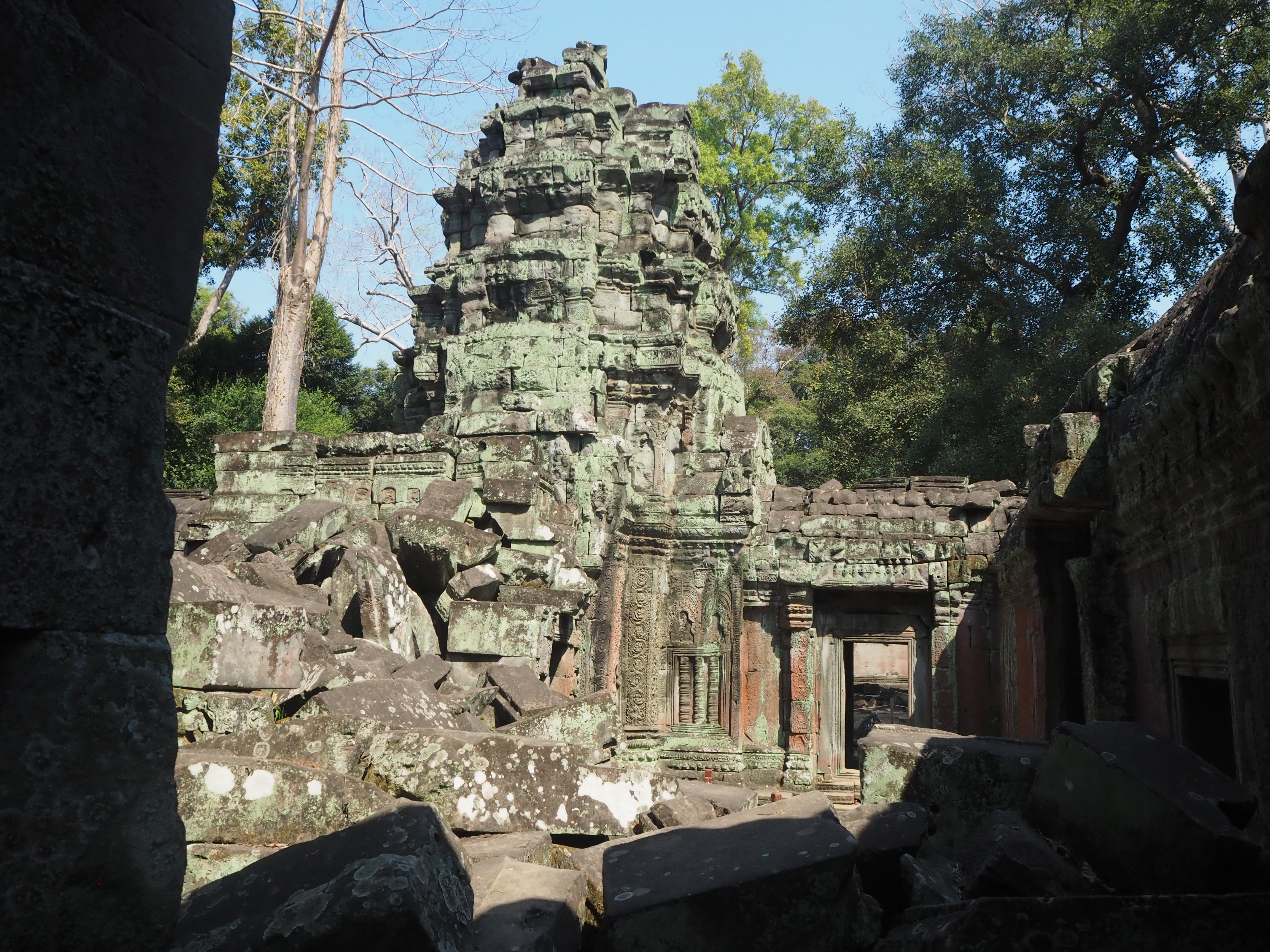
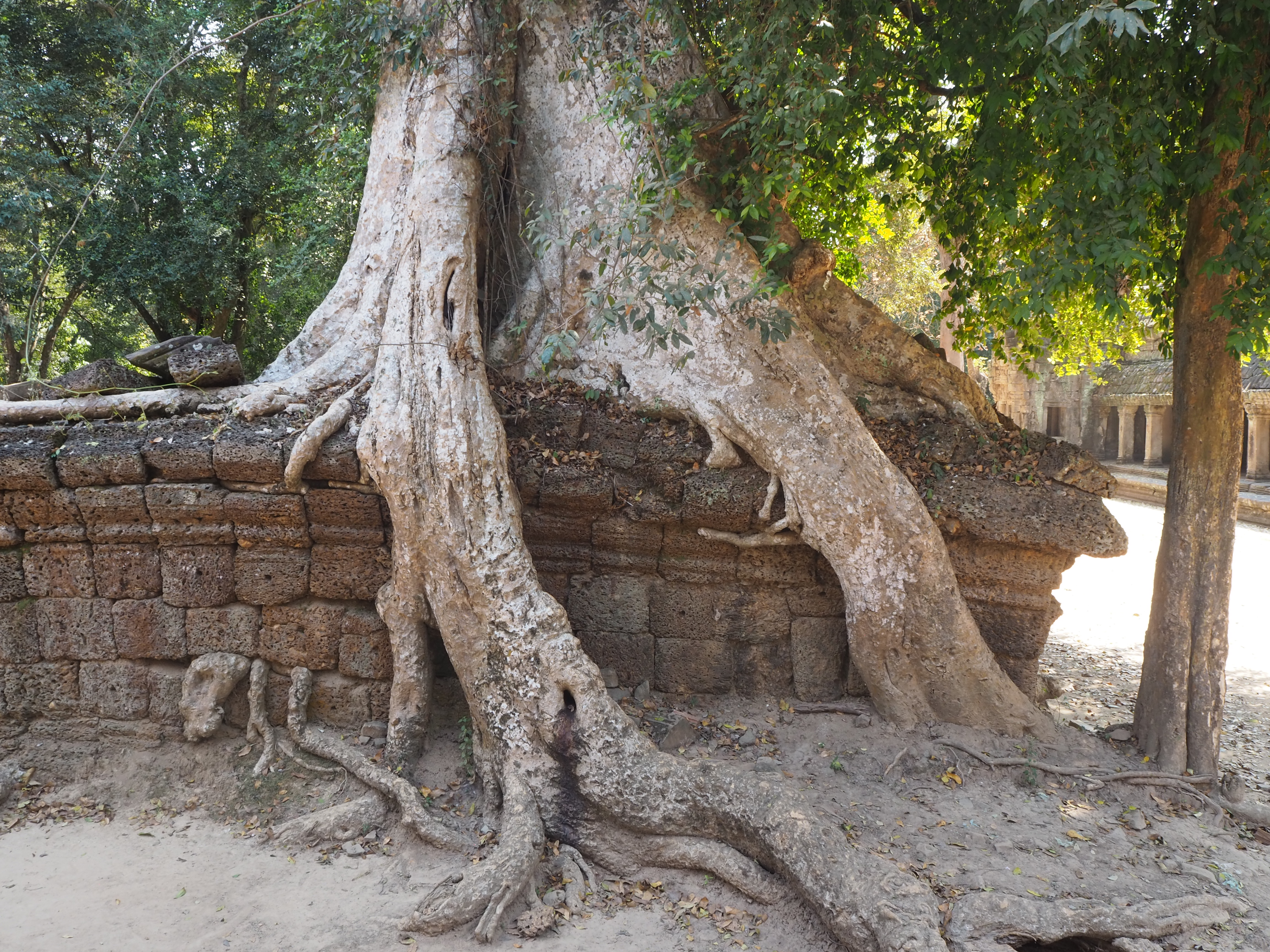
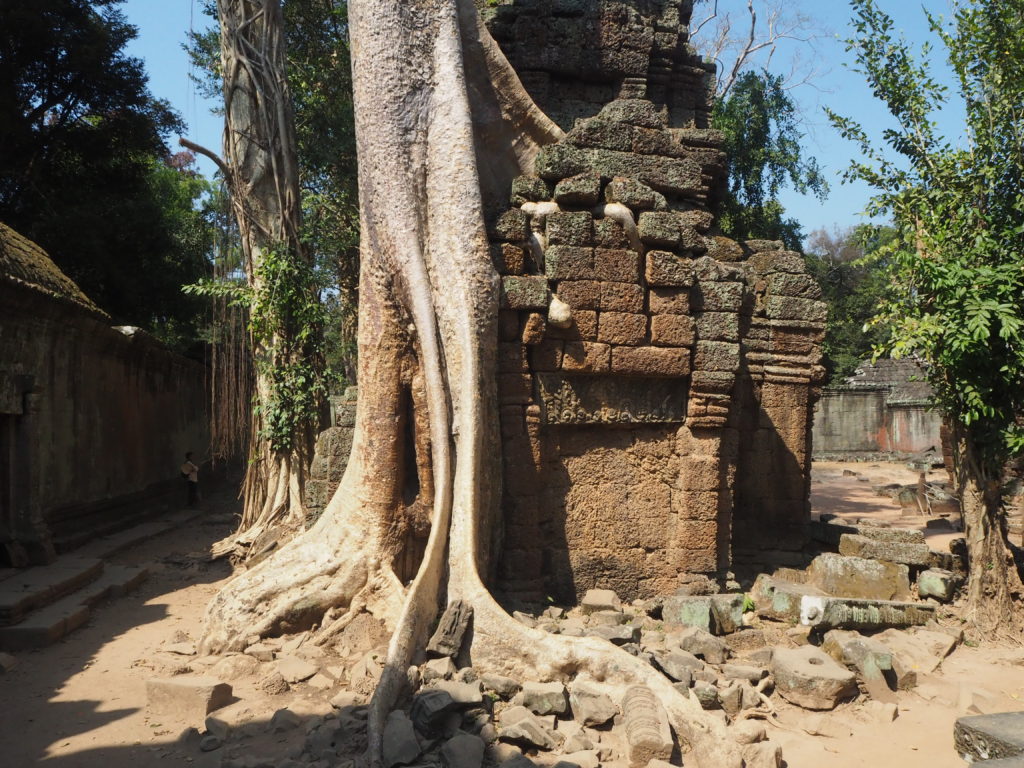
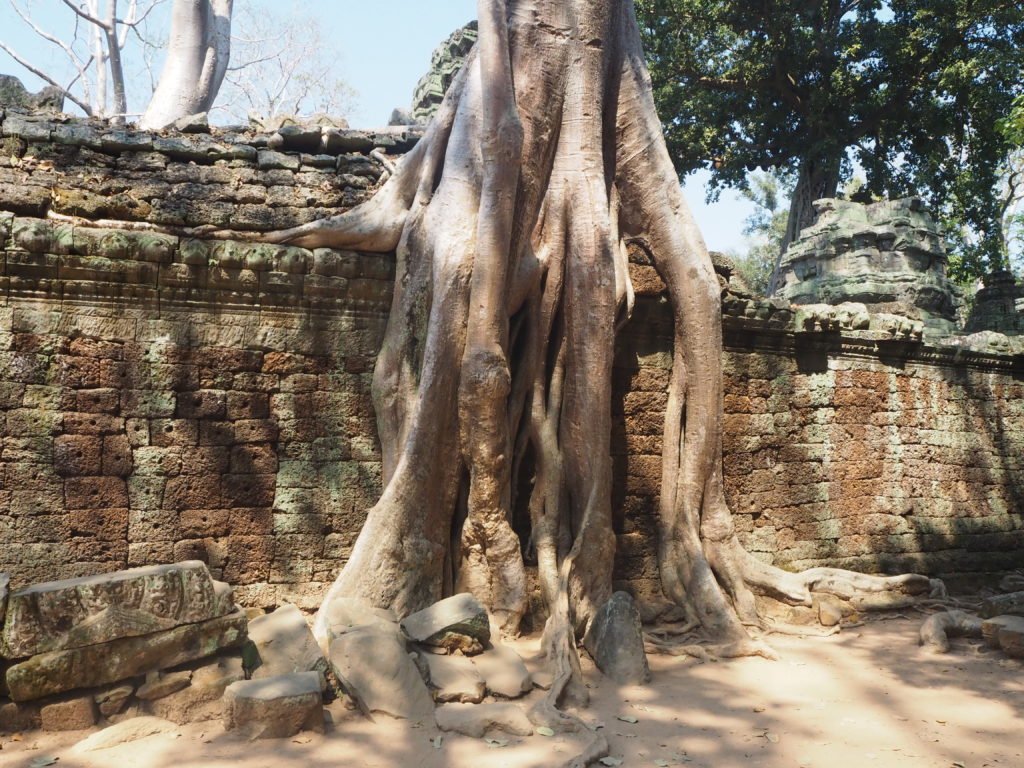
Ta Keo was our next stop, just 2 minutes down the road. All of these different temples are really close together. This whole area was a city of one million people at one point in time.
Ta Keo was different, as this wasn’t a temple that you went in. Instead, you went on it. It’s built like a pyramid, with a rather mundane grounds (at least compared to the others we’ve been to). But climbing up the hundred or so steep steps to the top was cool, and the view of mostly trees and farms around the areas was nice at the top.
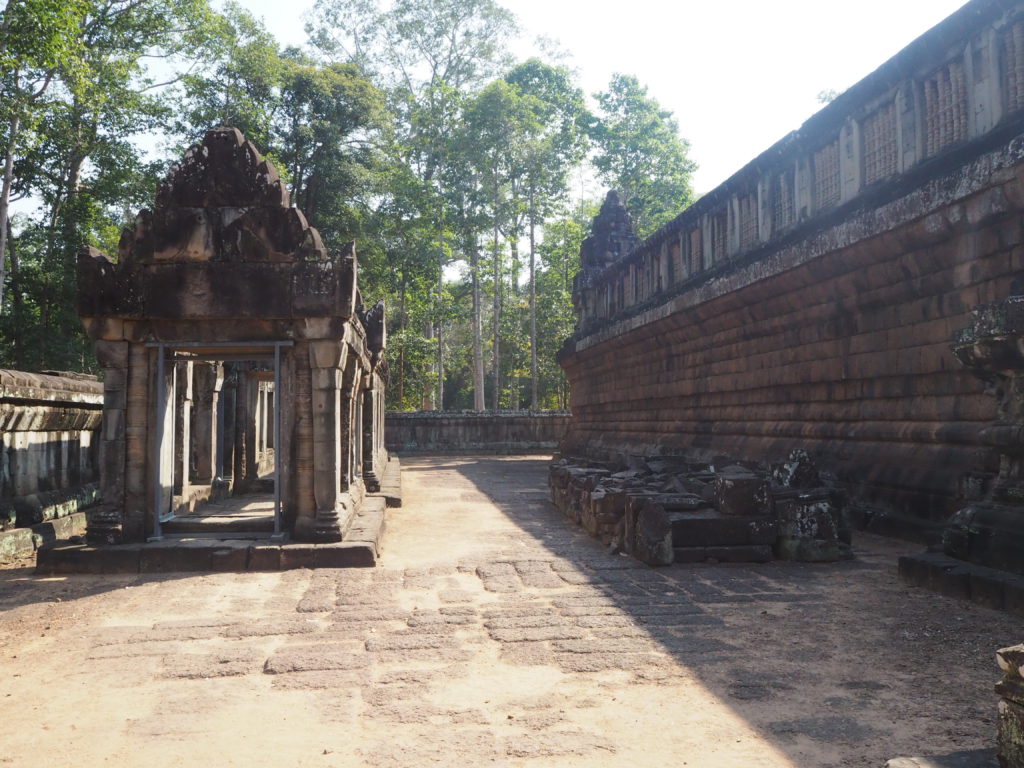
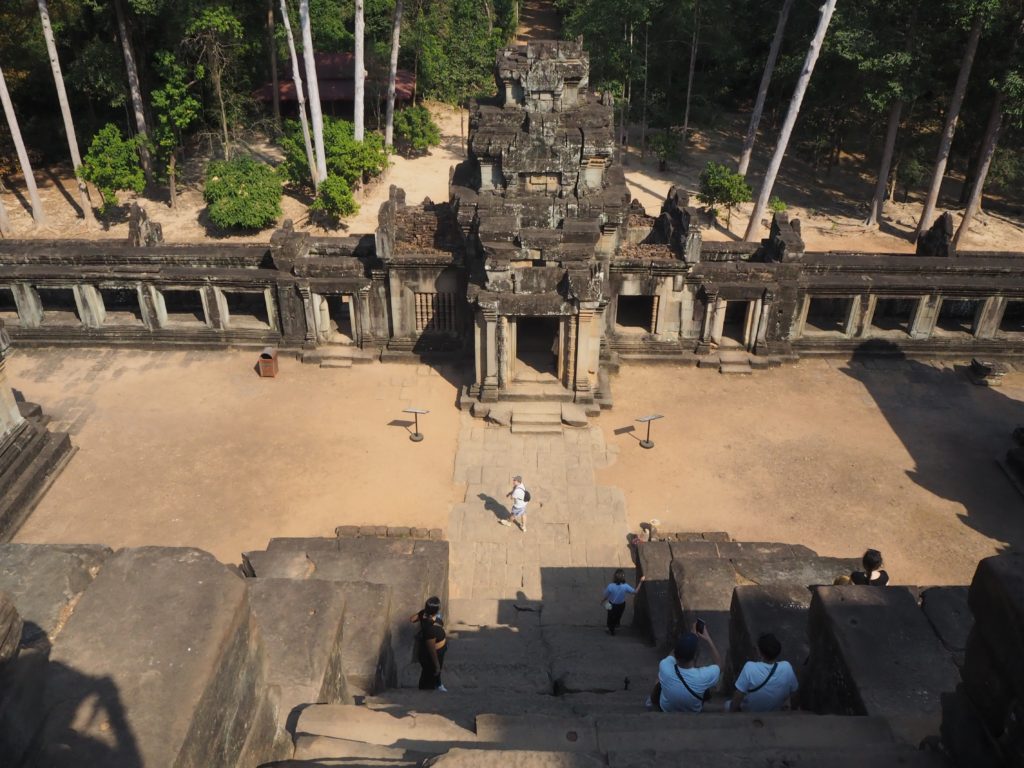
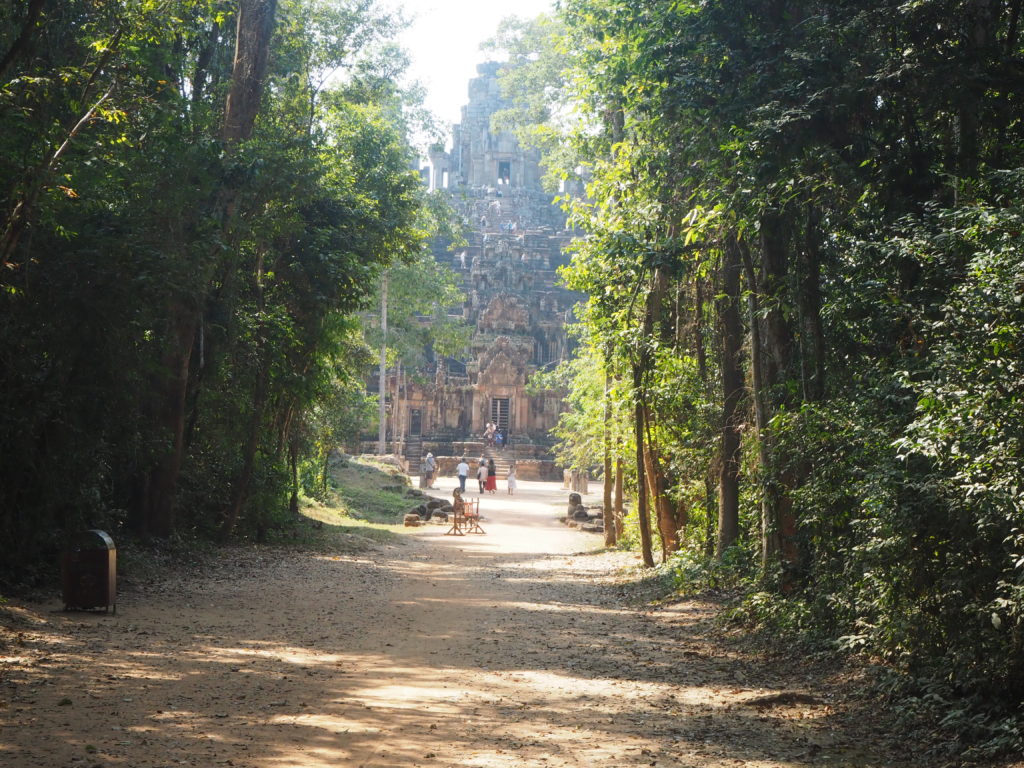
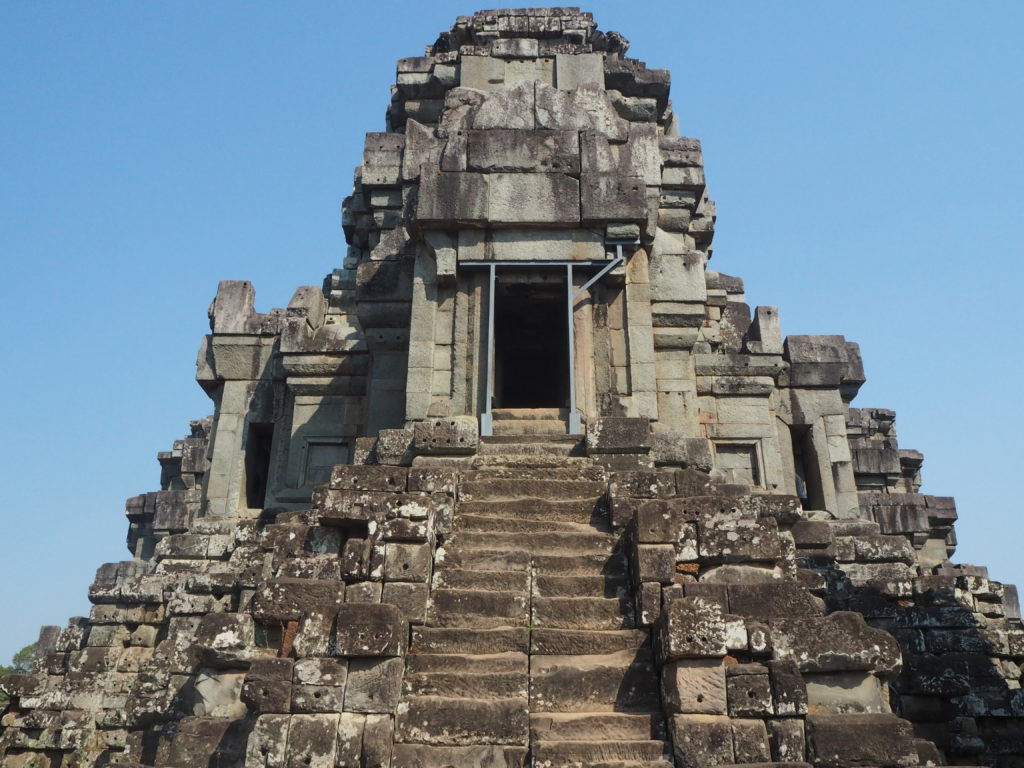
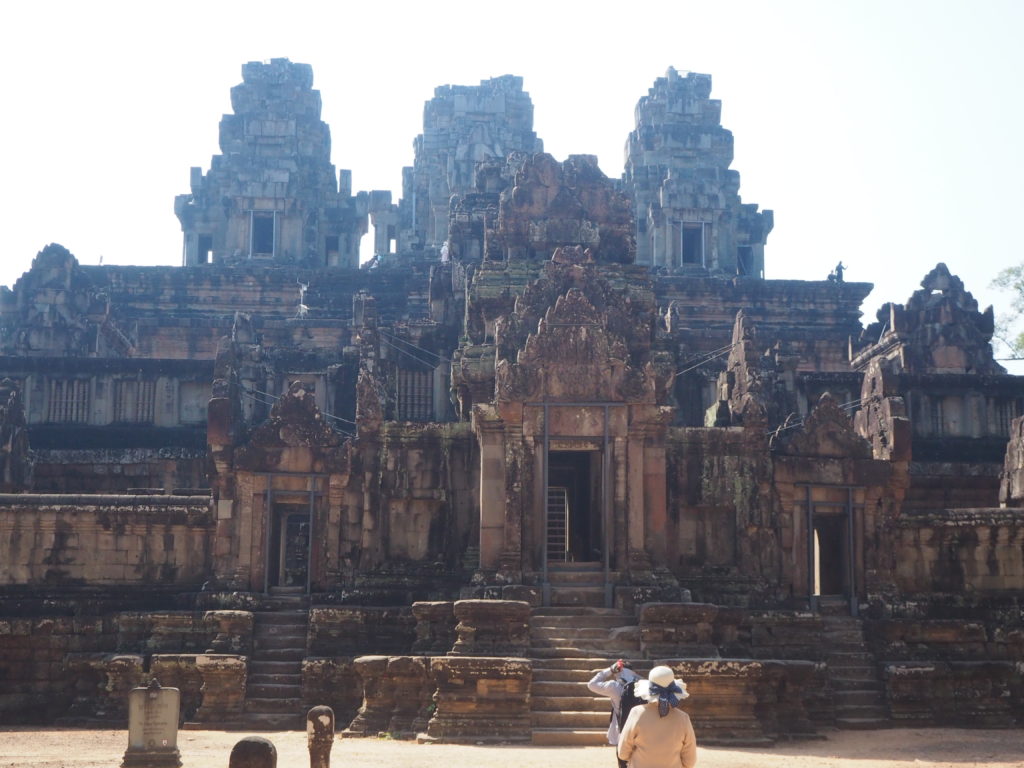
Most of the rest of the day turned into a heat induced brain mush blur of temples. We went to three, Thommamon, Prasat Chau and the Victory Gate Entrance, and our memories cannot decipher many differences between them all. They were all smaller 15 minute explorations. A lot of wedding photo’s taken here, as these are all just on the side of the road, and well off the main tourist circuit.
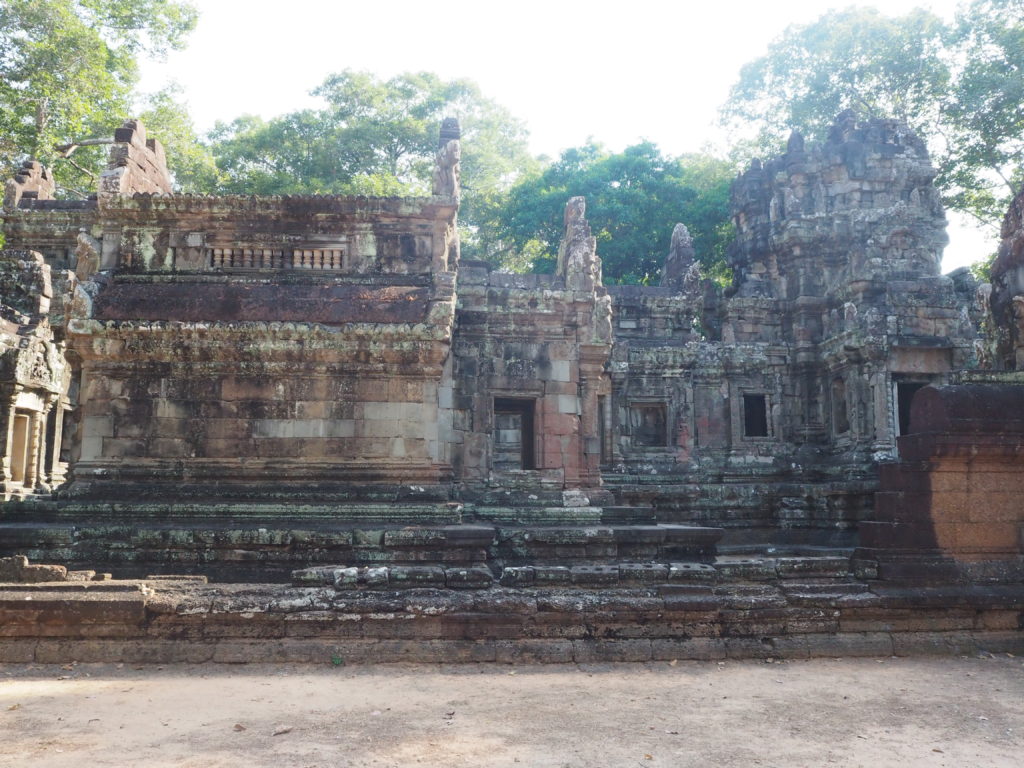
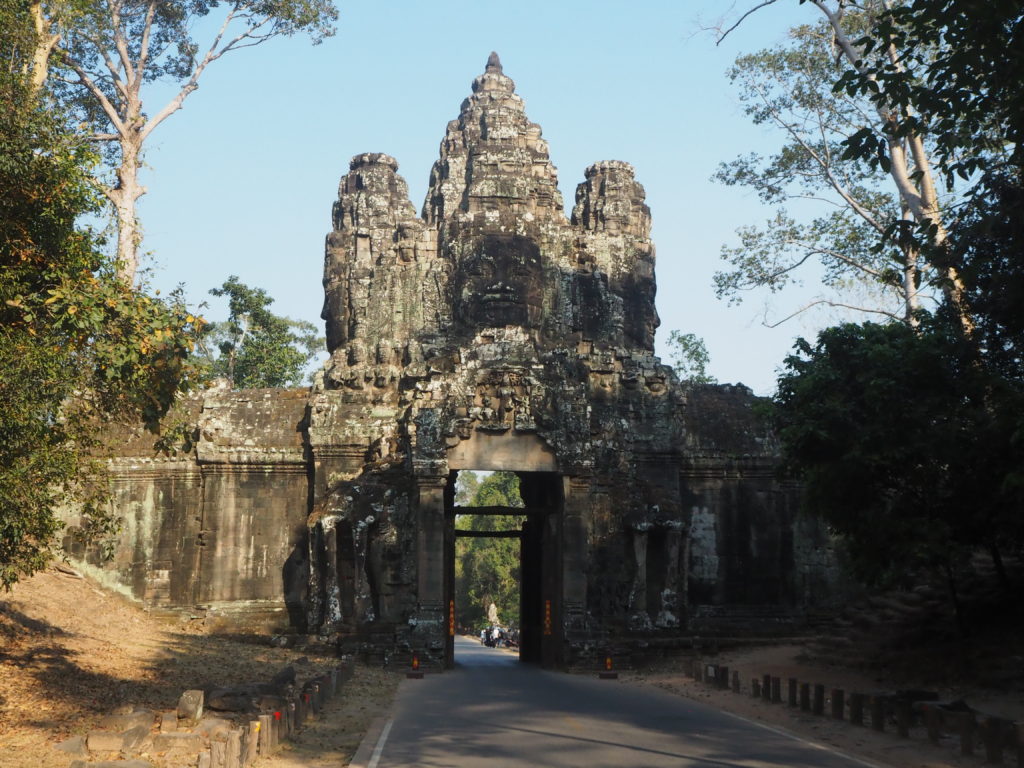
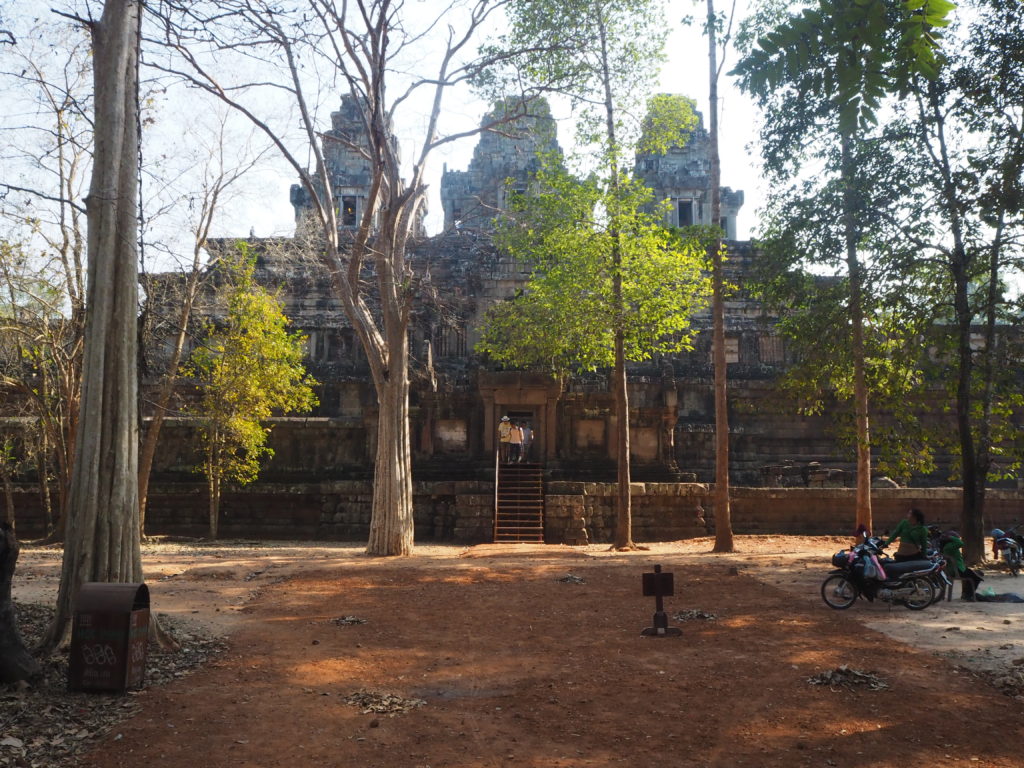
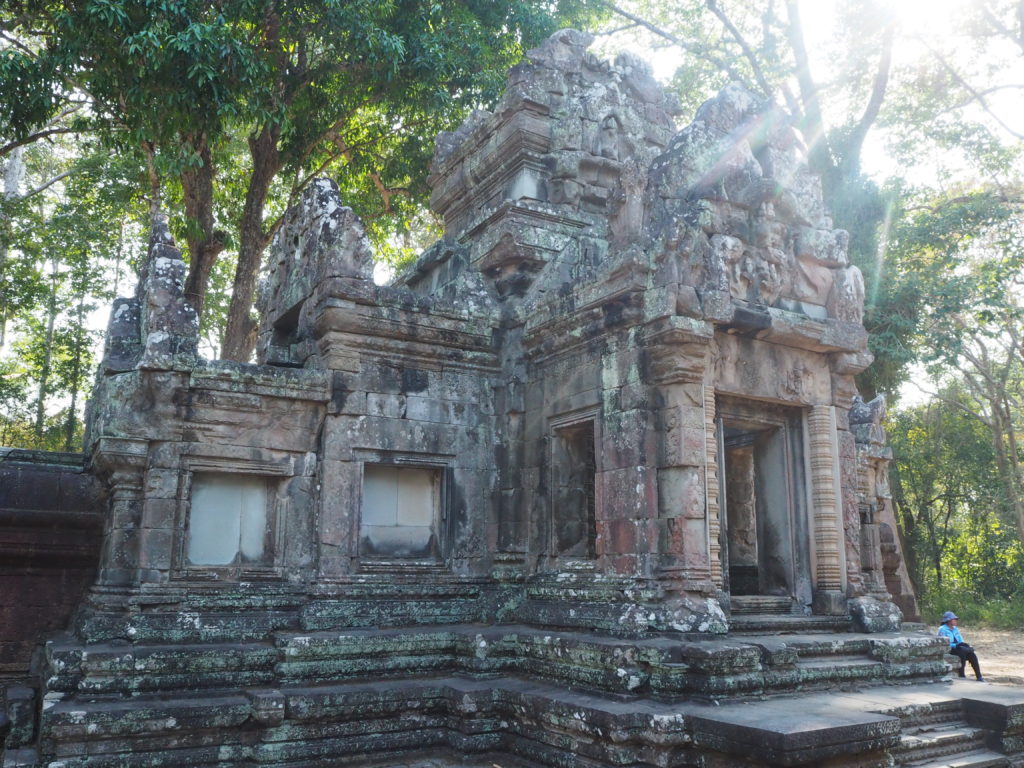
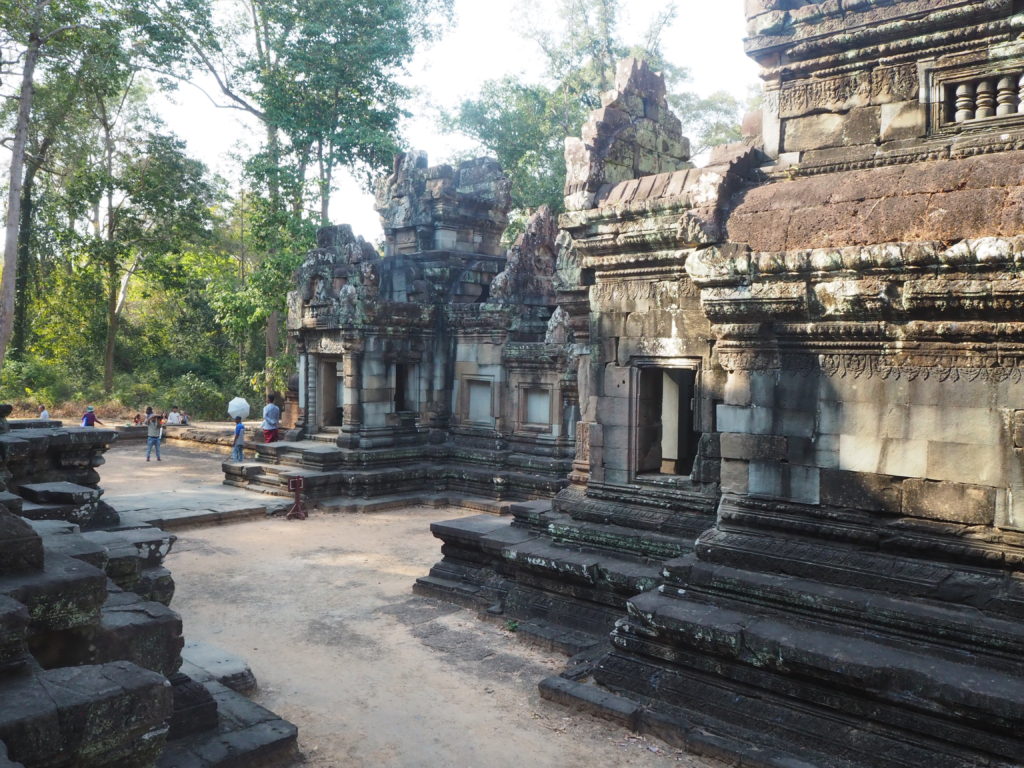
Just one more stop for the day, separated into two adjacent temples on either side of the road. The first is Baboon Temple, a modern name, for the monkeys that inhabit the temple, trying to steal tourists phones to hold them ransom for treats.
This was similar to Ta Keo, where you went on instead of in this. The grounds were much larger too, though the forest has swalloed up any external walls, if they ever existed.
Pragati and Cam were pretty much toast at this time. So I explored this one mostly on my own. The view at the top was lovely. Again, more trees and temple tops that poked out over the foliage. I like how this temple felt more like an elevated courtyard. Maybe somewhere where there were important meetings, gatherings or celebrations. Hard to know. Historians are missing a lot of info on the Khmer empire, compared to some of their contemporaries.
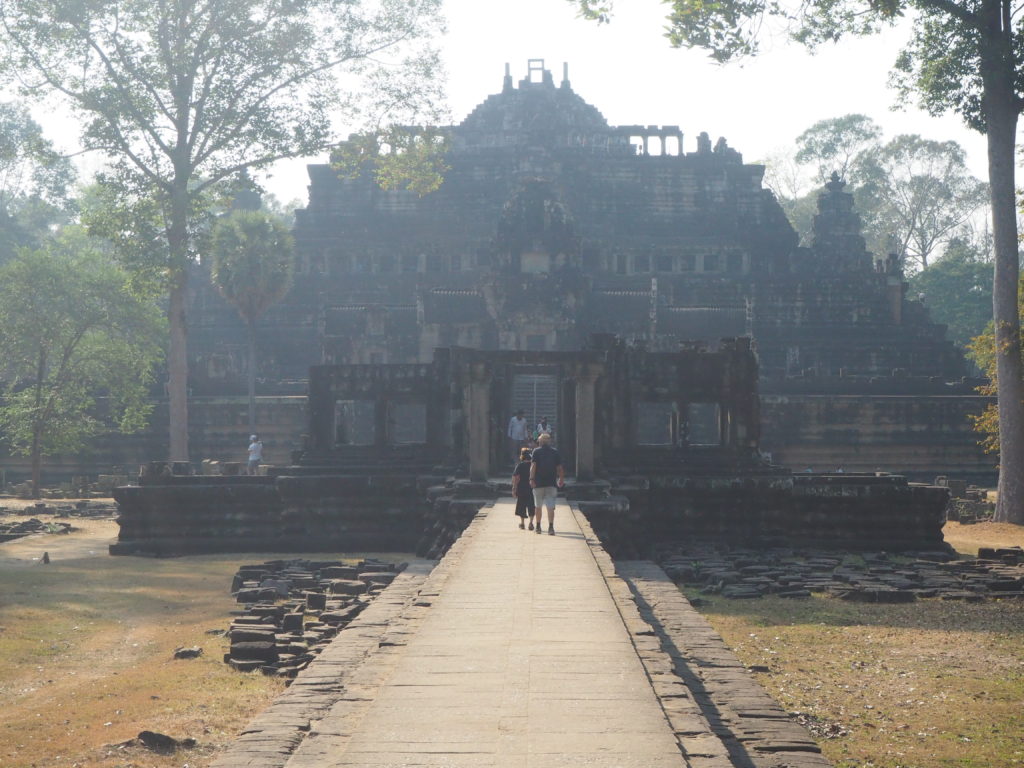
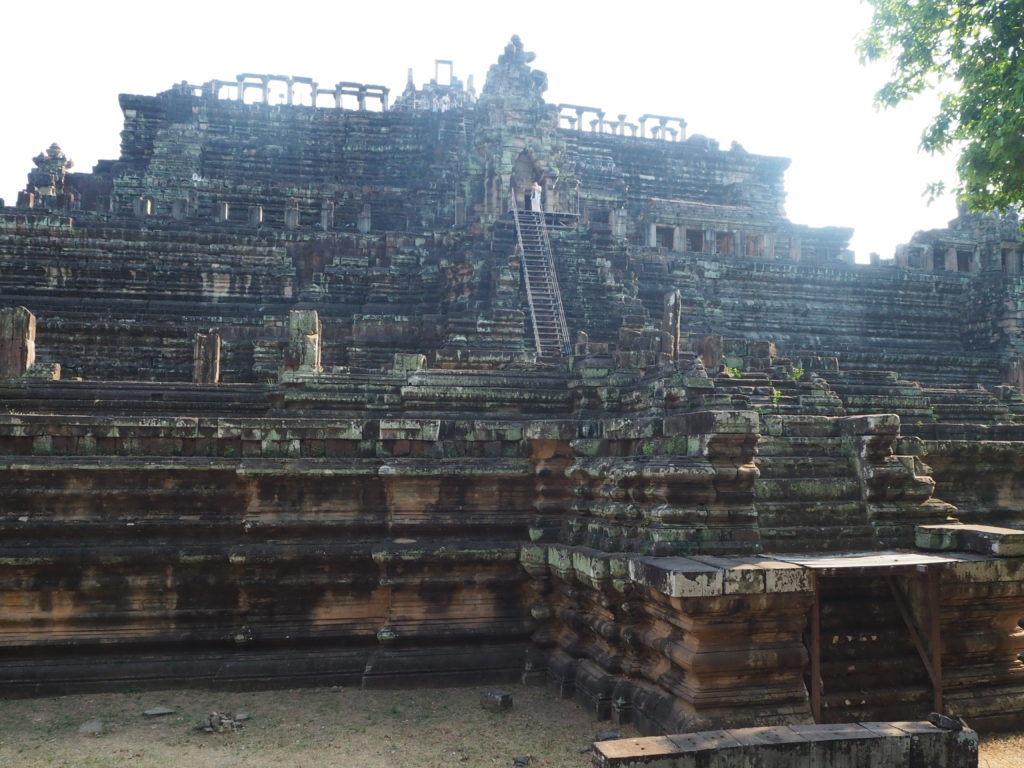
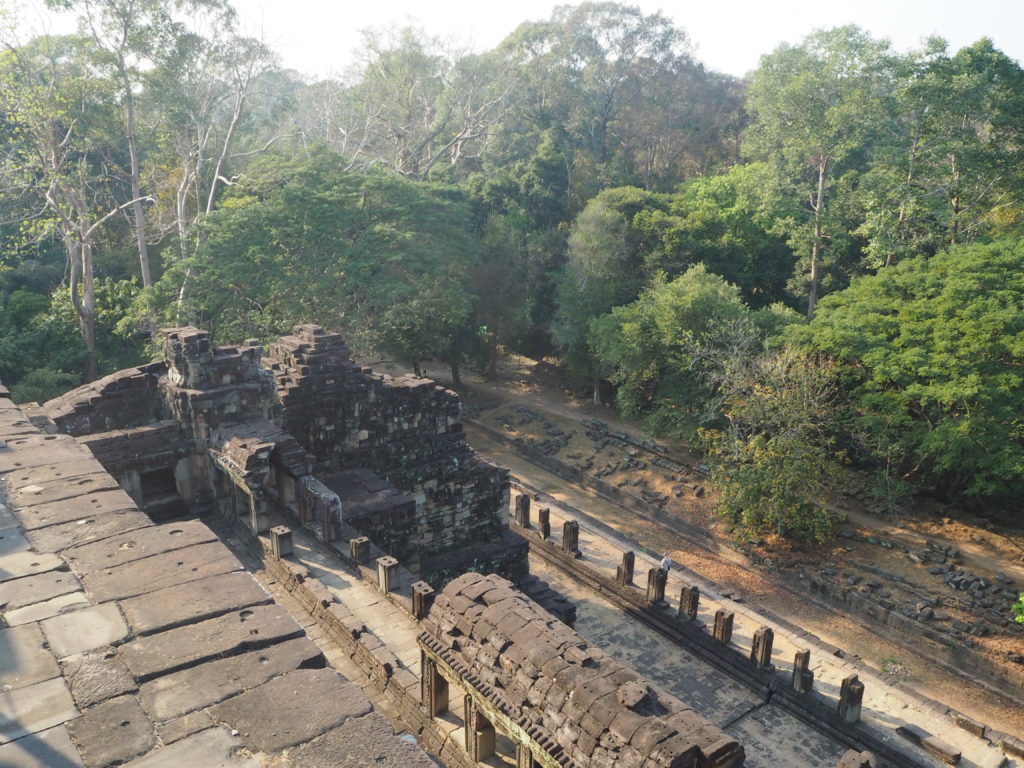
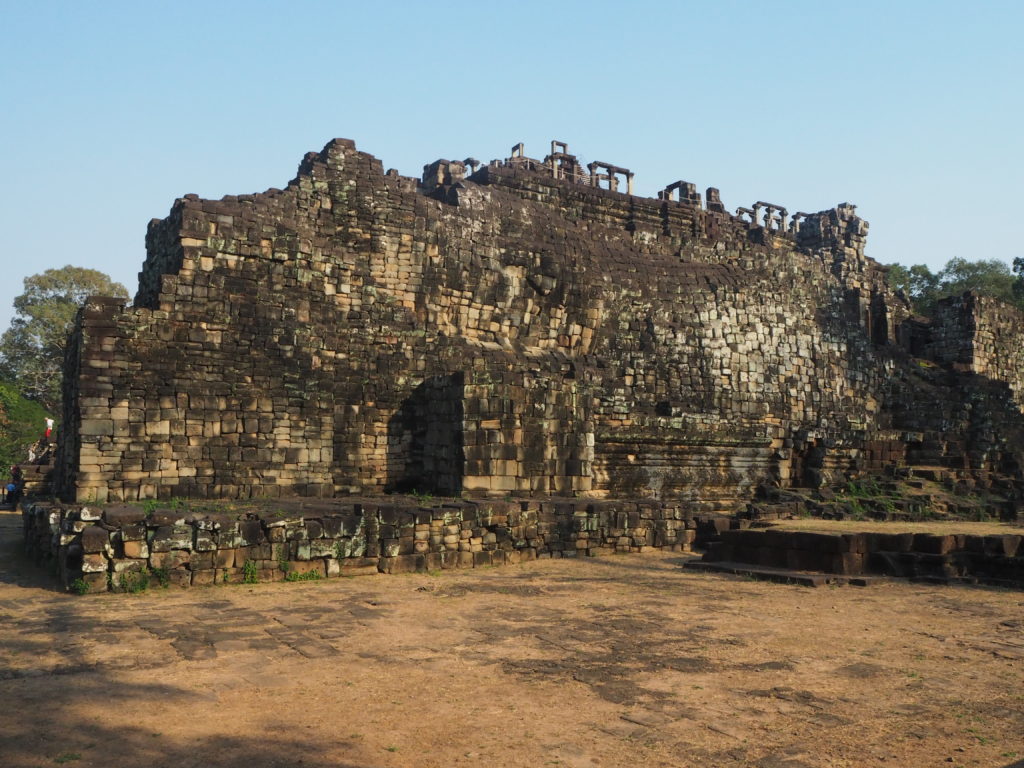
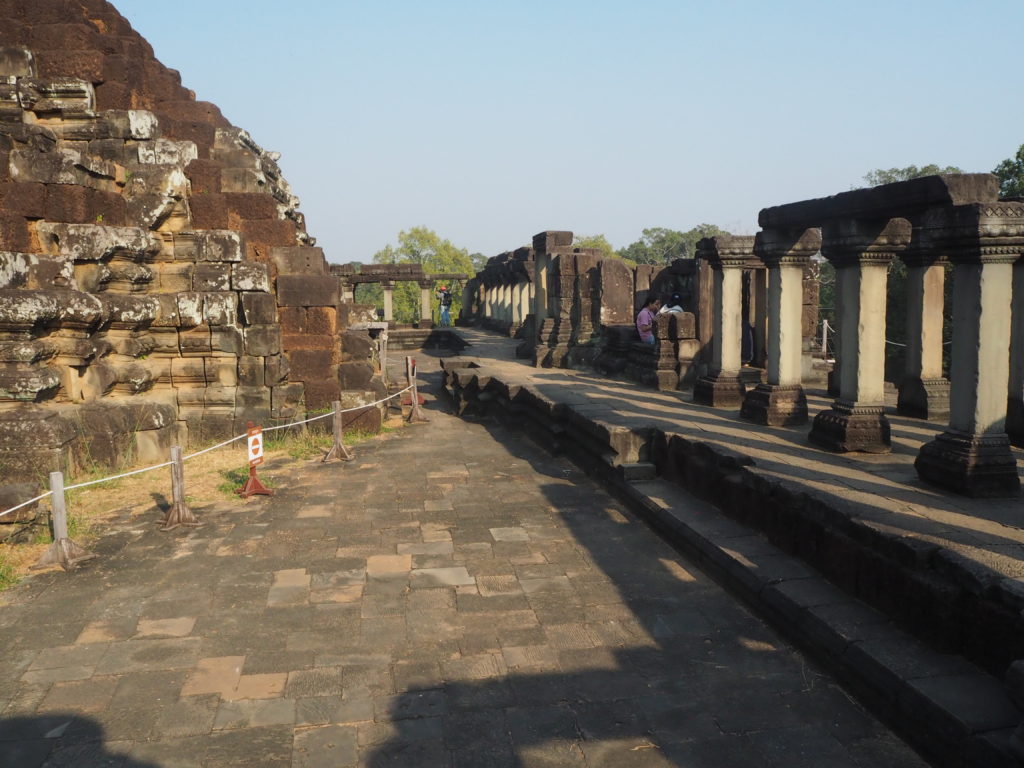
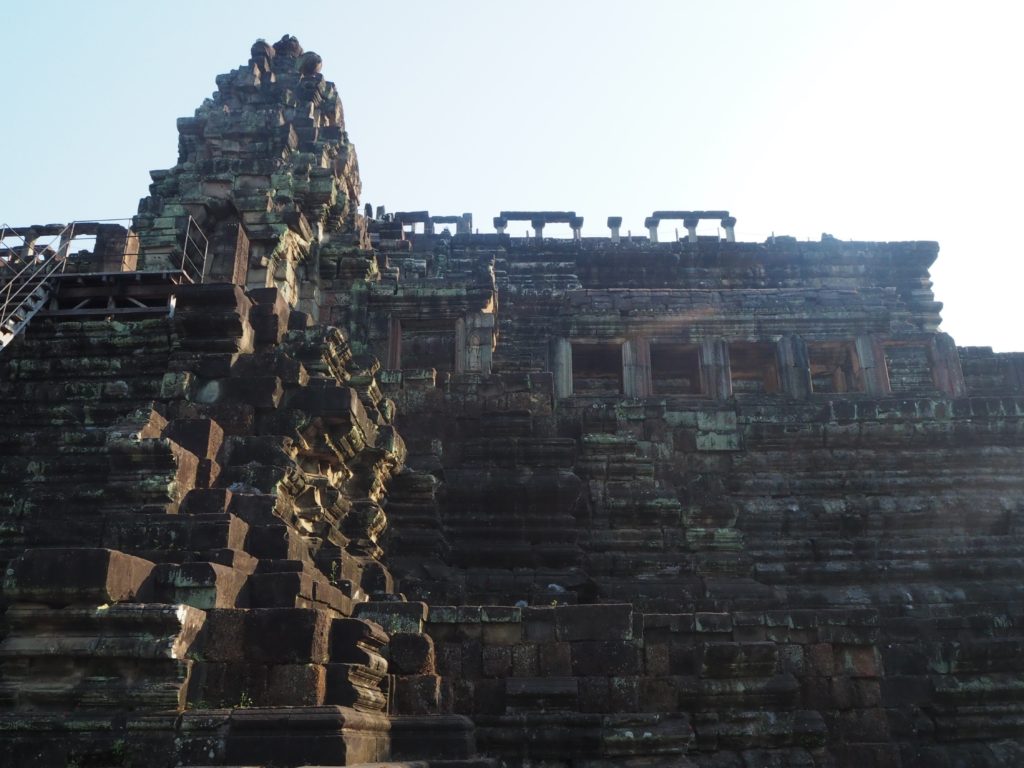
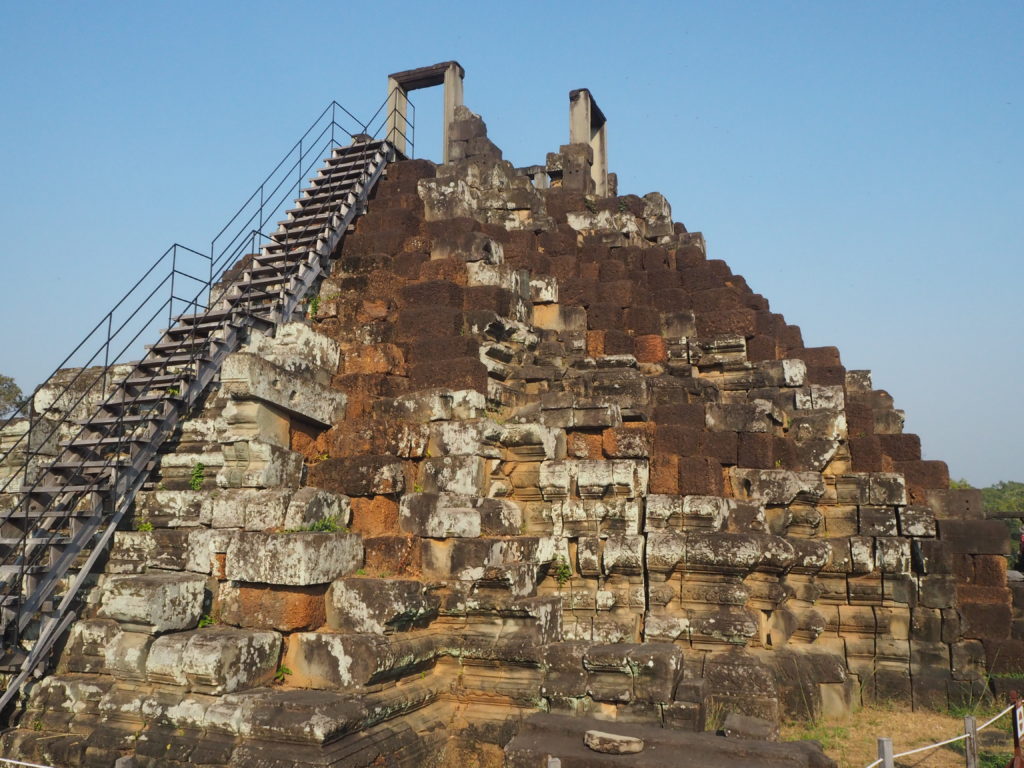
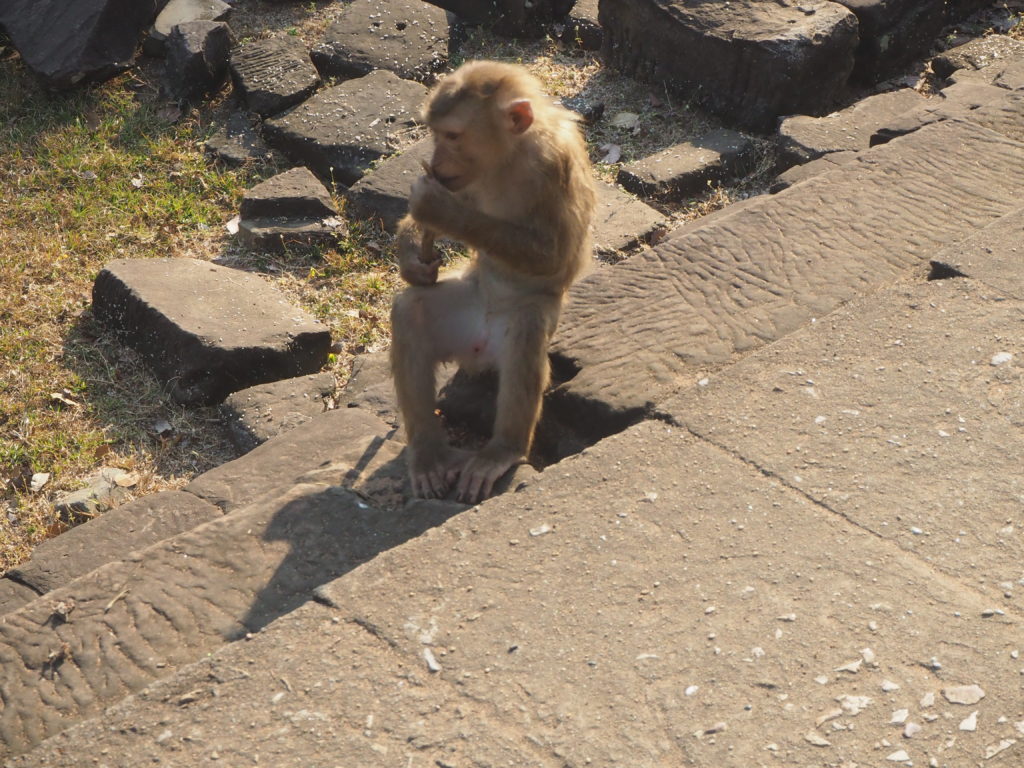
The final temple now. Bayon. The temple of faces.
Everywhere in this temple, and on every tower, faces have been carved into the side. Sometimes four, sometimes eight. The complexity of the carving design pales in comparison to the complexity of the grounds. Here you can walk inside, and pretty much everywhere. Passages to nowhere. Stairs up and down half levels. They say you need two hours for this temple, which initially didn’t make sense due to the relatively smaller footprint. But it is so hard to navigate.
We only spent half an hour here or so. Truth be told, the heat and sun had completely erased any motivation to explore at this time. We were more exploring this for completeness. We did think it was the prettiest temple out of the lot we explored.
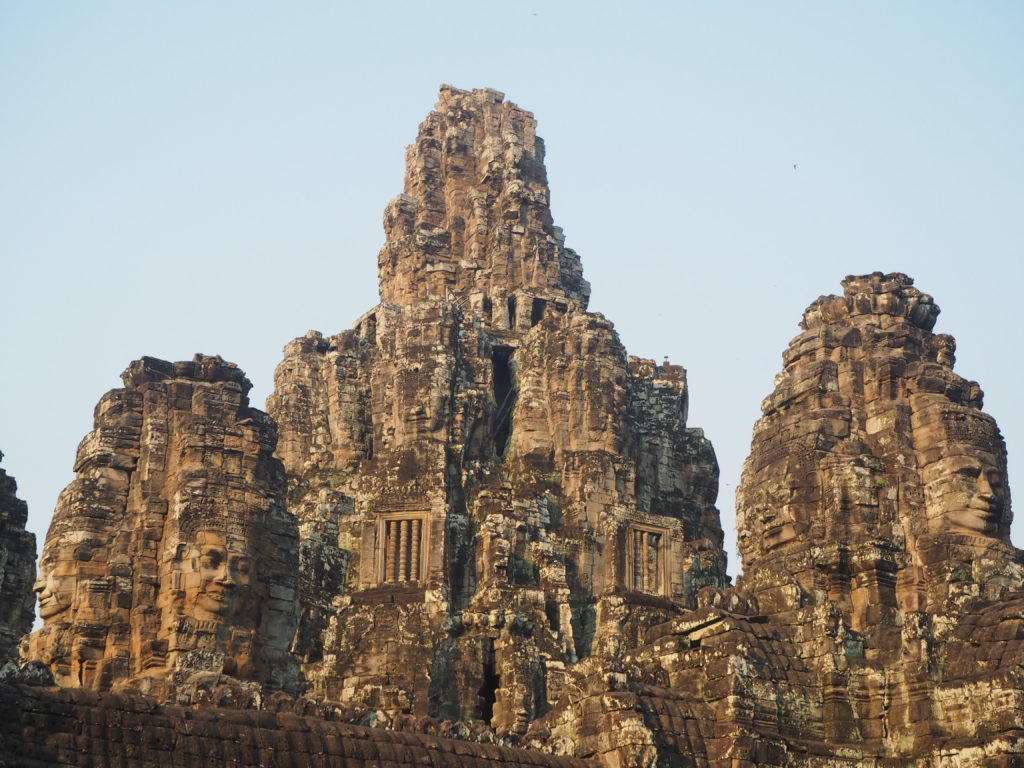
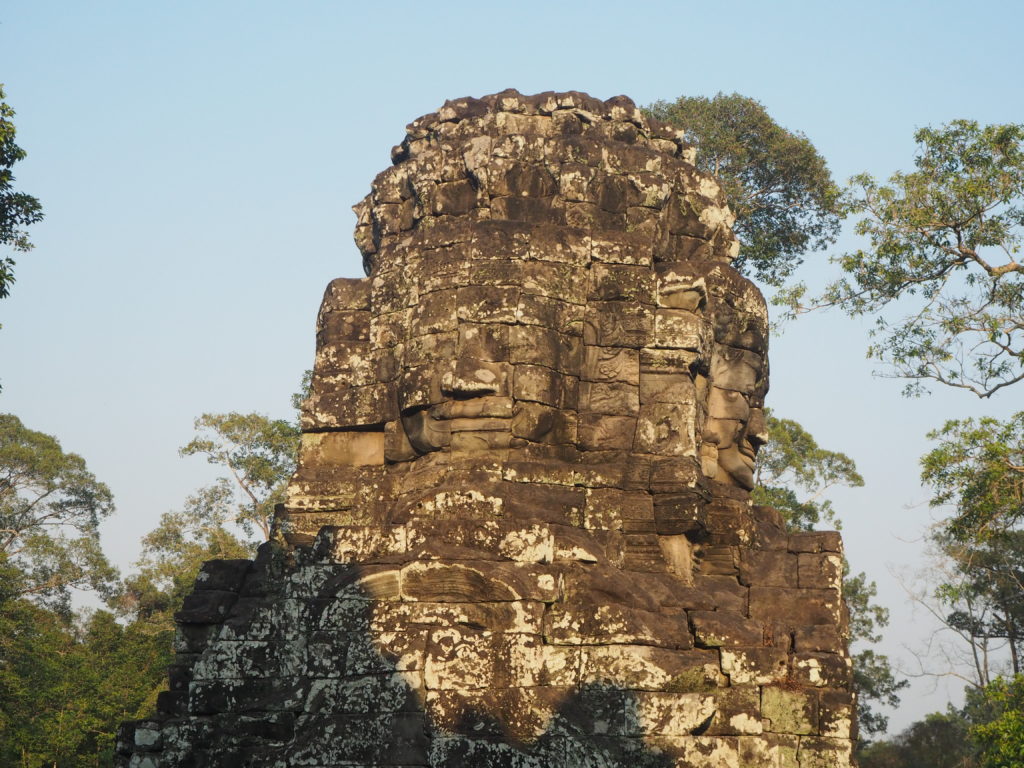
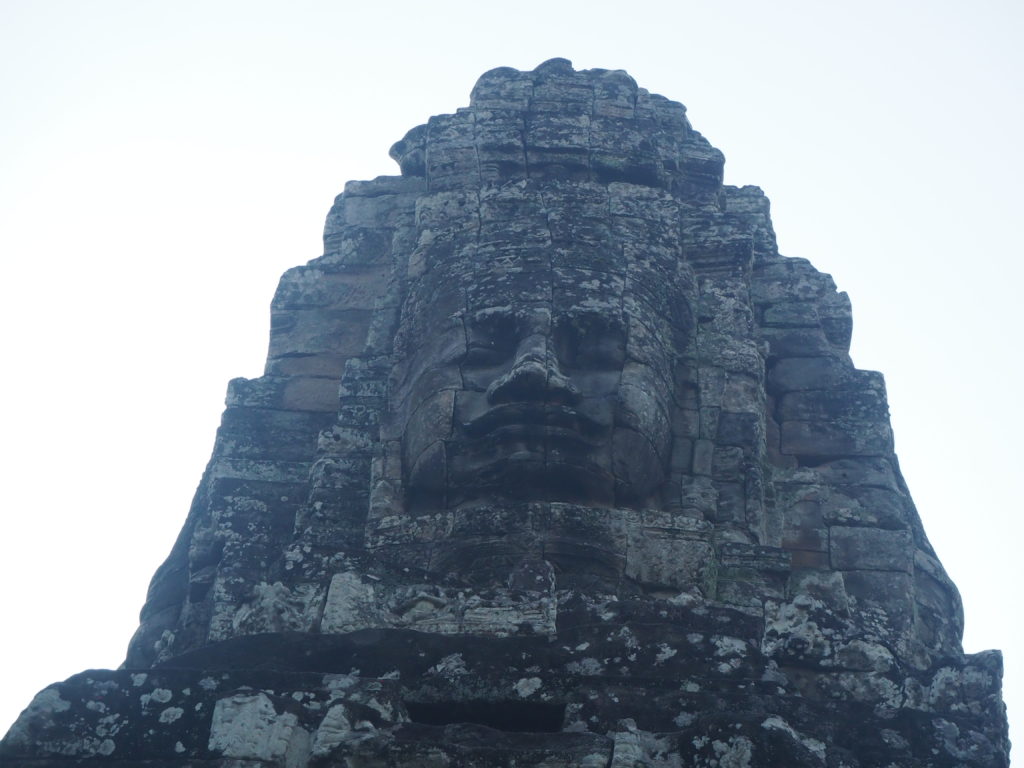
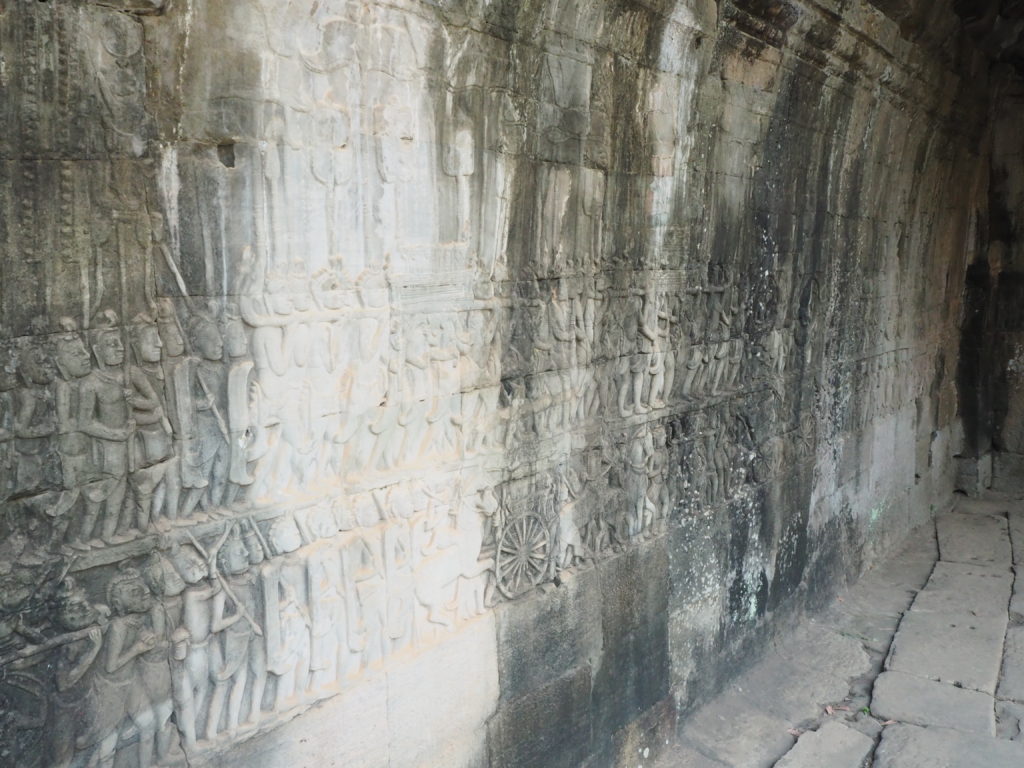
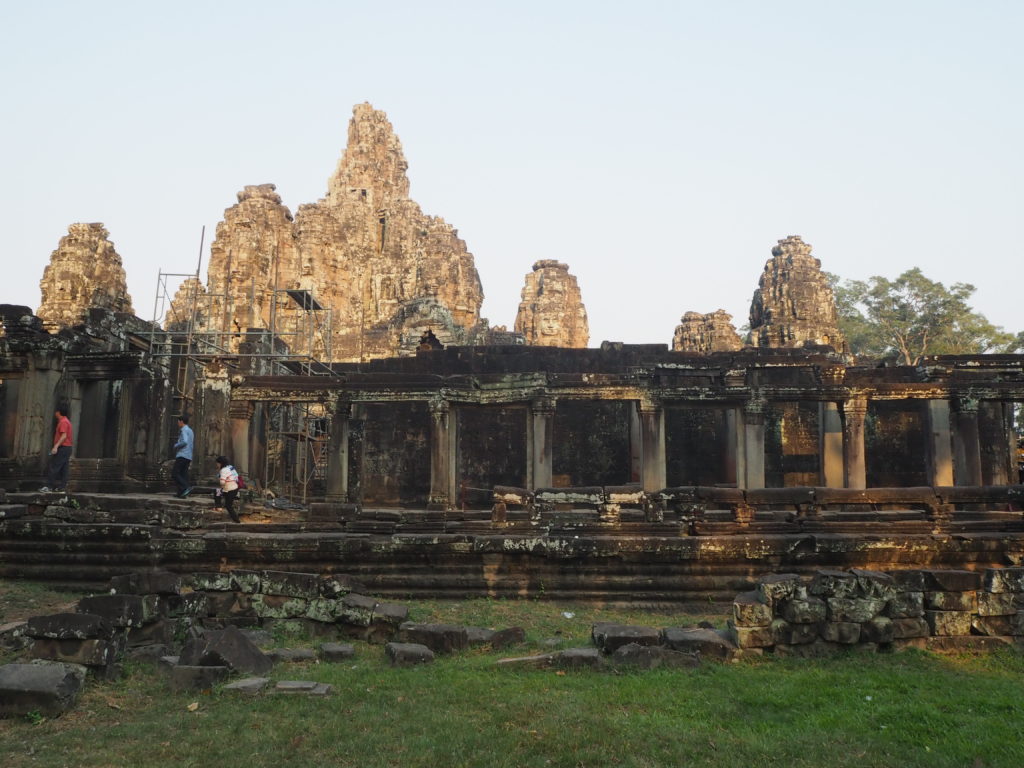
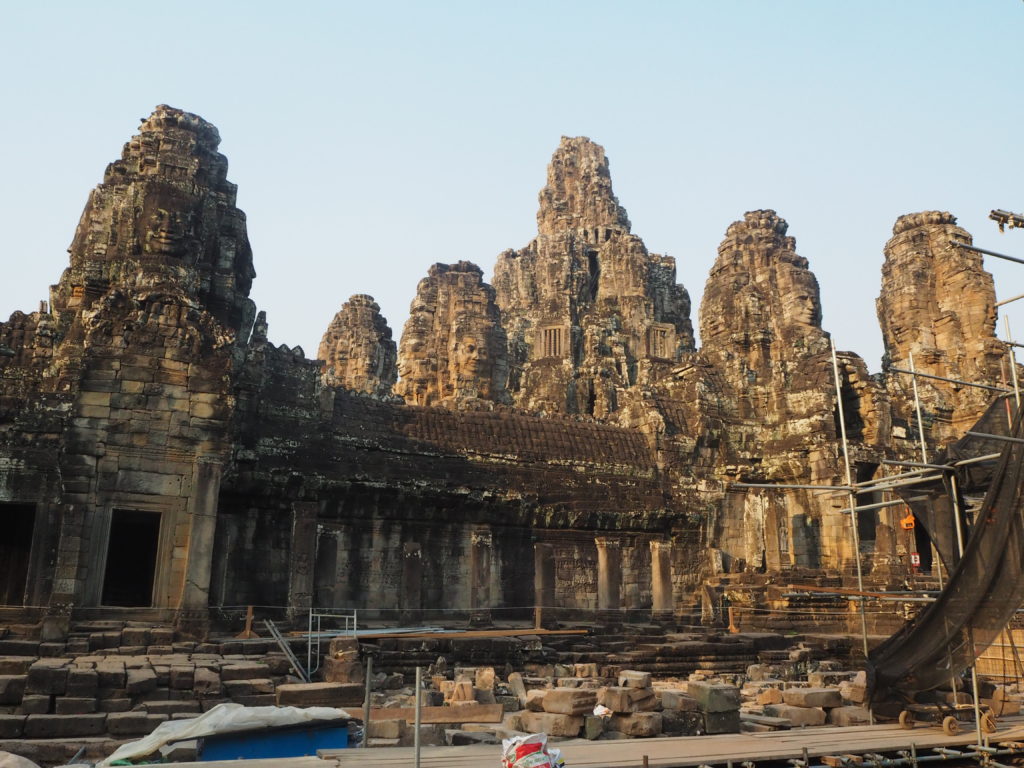
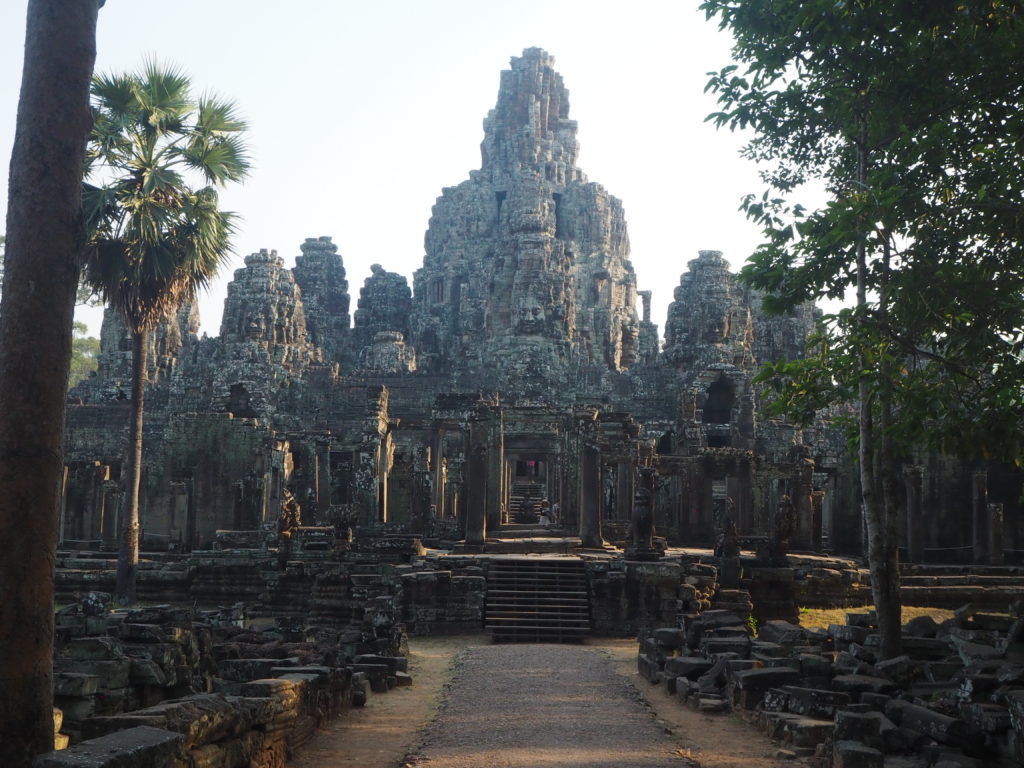
And that’s it for templing! In total, we hit 11 different temples. Good for ~15% for the area. There’s lots more to explore, but like European church’s, they all start to blend together after a while, especially with the heat.
The ancient city of Angkor (Angkor just means city in Khmer. The word is a modern name given to the region, as historians do not know what the city and region was called 1000 years ago, when it was inhabited), was really cool to explore. These stone buildings and temples are massive, and the construction of them even more so impressive. The beauty and intricate details make the whole thing worth exploring once in your life, for more than a day, hopefully in less heat.
We’re headed out of Cambodia now, another bus, another country. We will see you there!

Well done on your Cambo templing, sounds like a comprehensive survey of all that there is to offer. To do it all in the oppressive heat makes the feat all the more commendable. Great photos, luv the touristo aclimitized monkeys, smarter than we think, they know what works for them. But no elephants ??
Pacing yourselves in the heat is smart, keep it up.
Great photos! It is remarkable to walk amongst this history. Do you remember being at any of these temples from your previous visit in 2007?
Well … not going to comment on every page of your temple exploring. It is interesting the amount of years, resources, and lives invested in originally creating these structures at the time. Temples, pyramids, castles, coliseums … all old cultures seem to have them for different reasons at the time. With Canada only being 156 years old and the USA at 246 years …. you just don’t experience these things. Glad you enjoyed it.